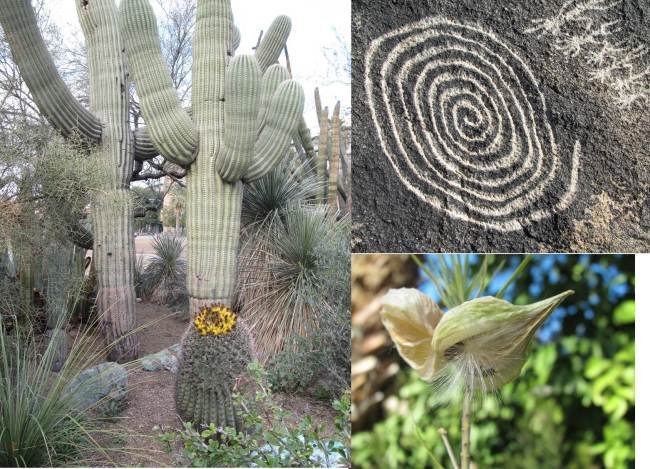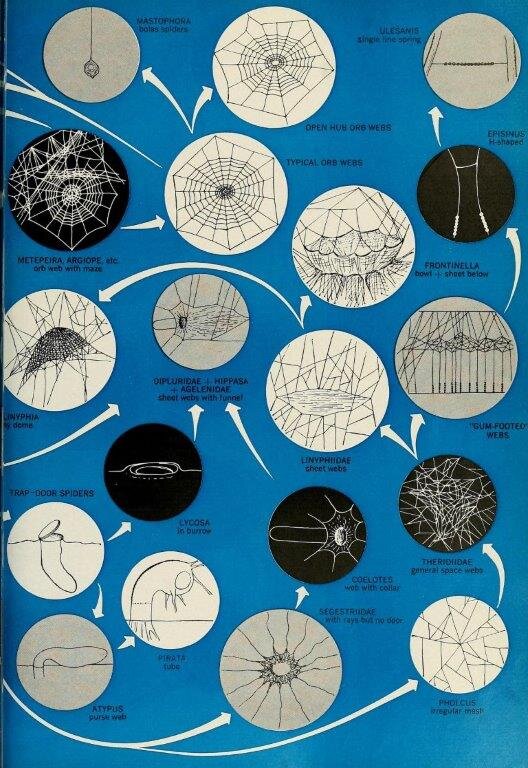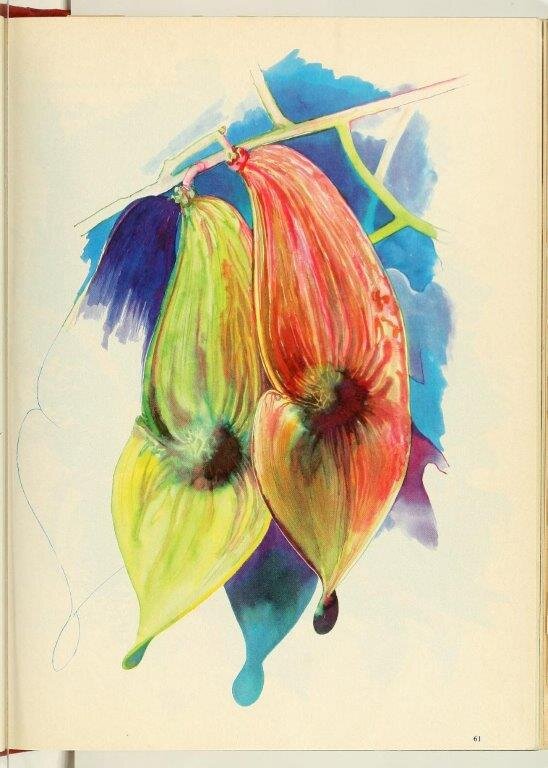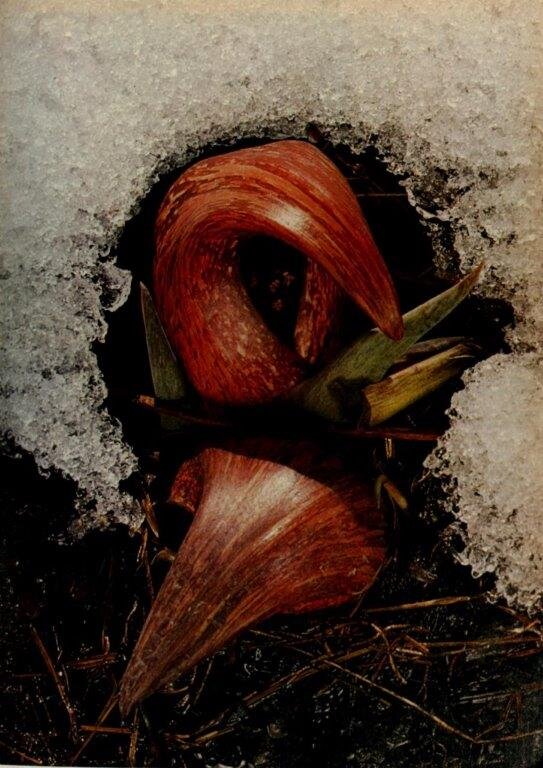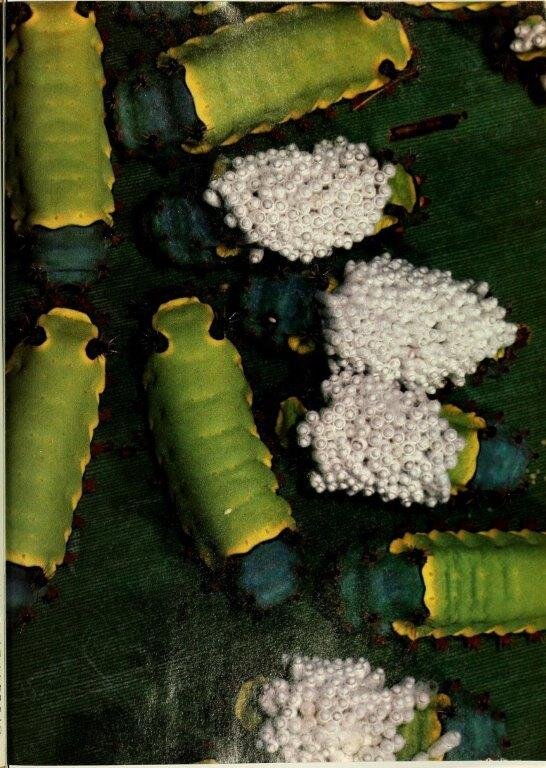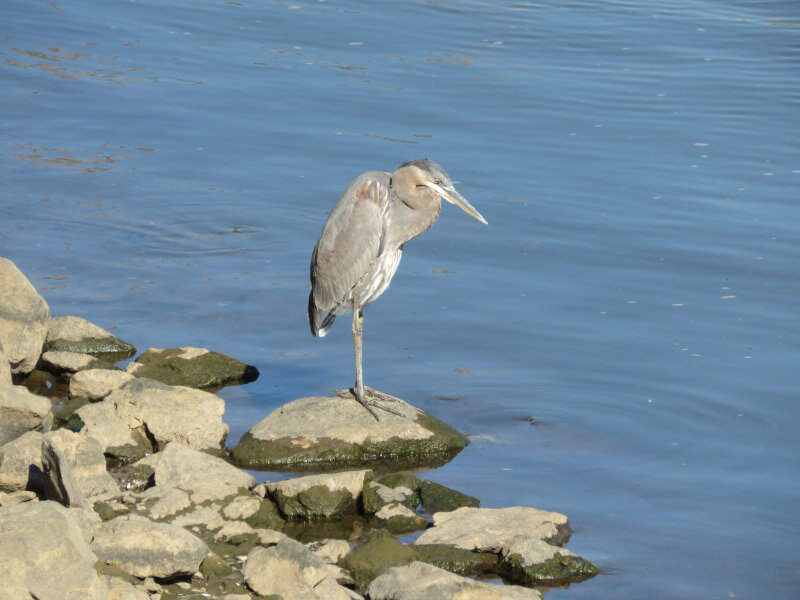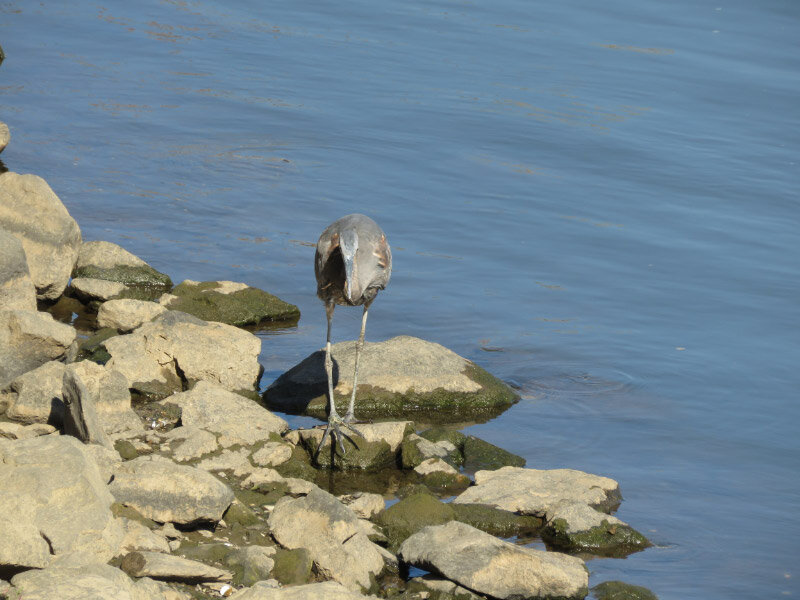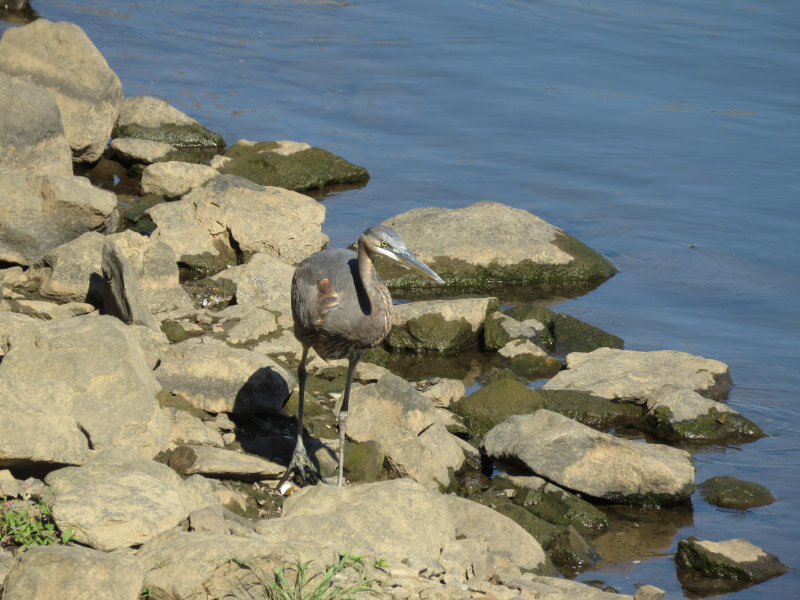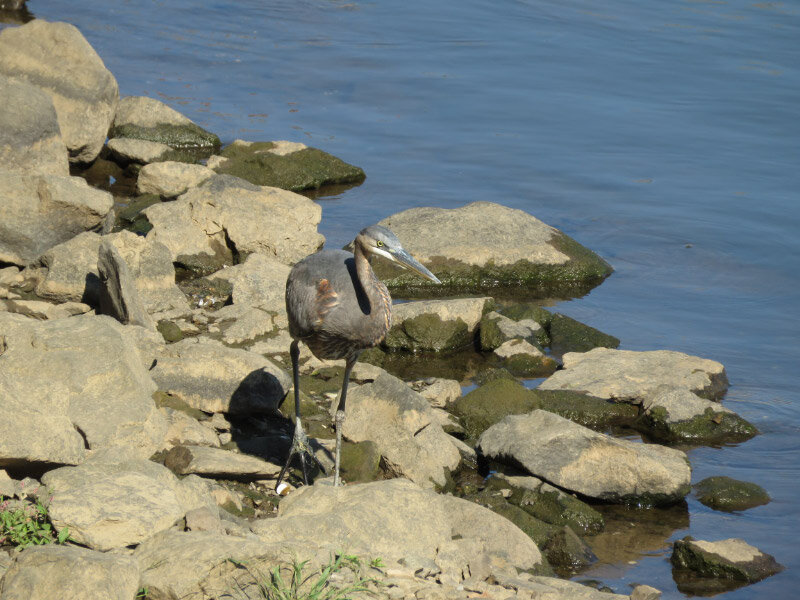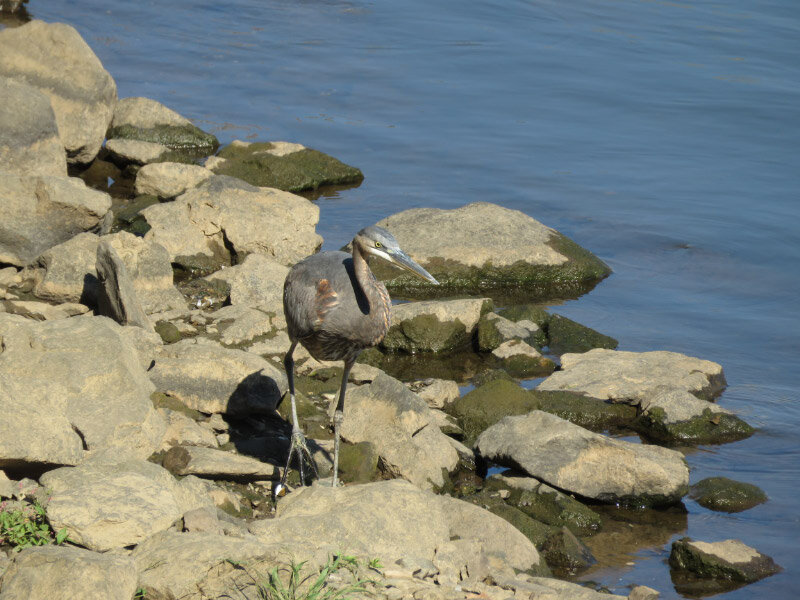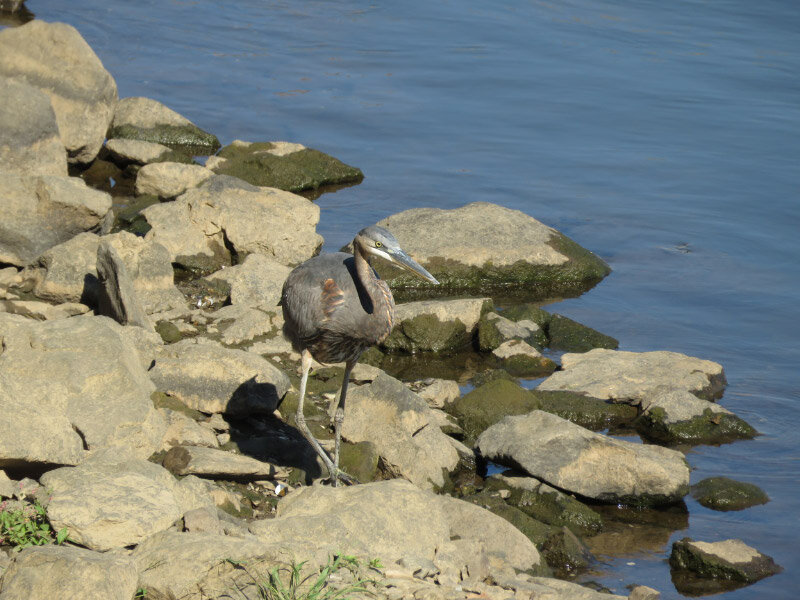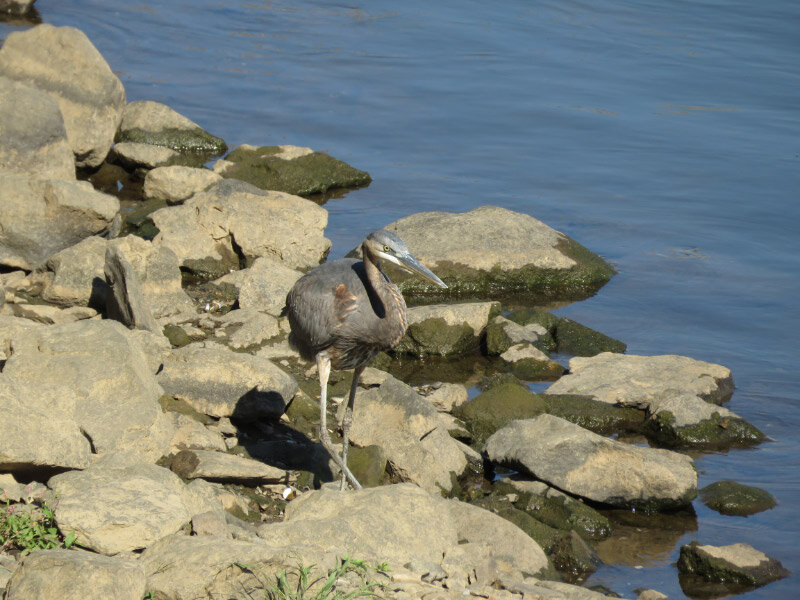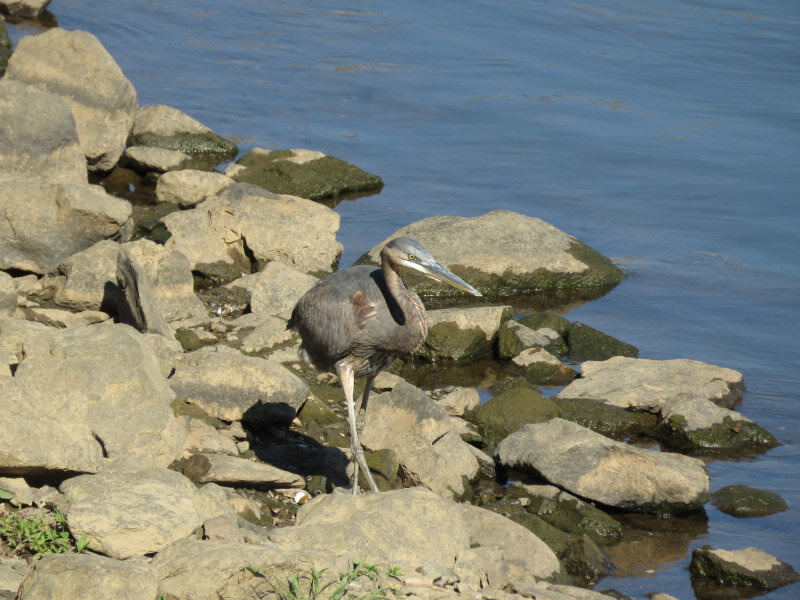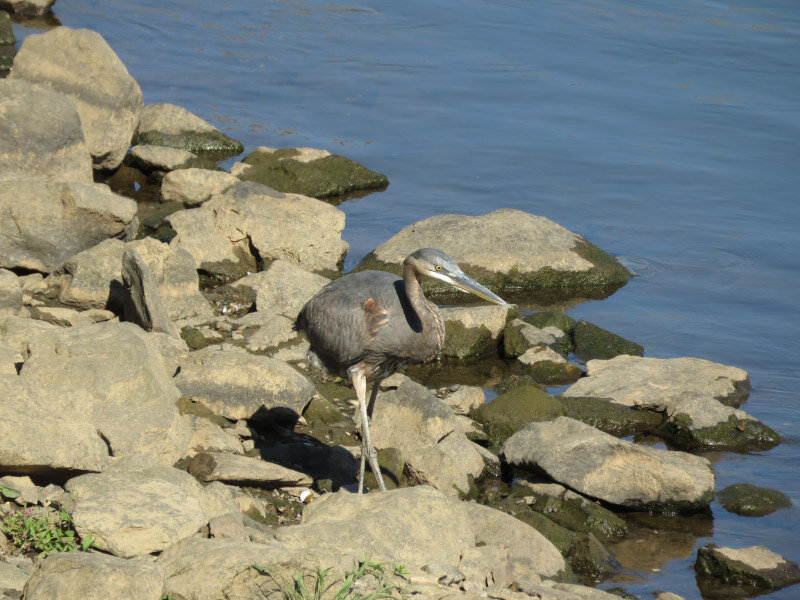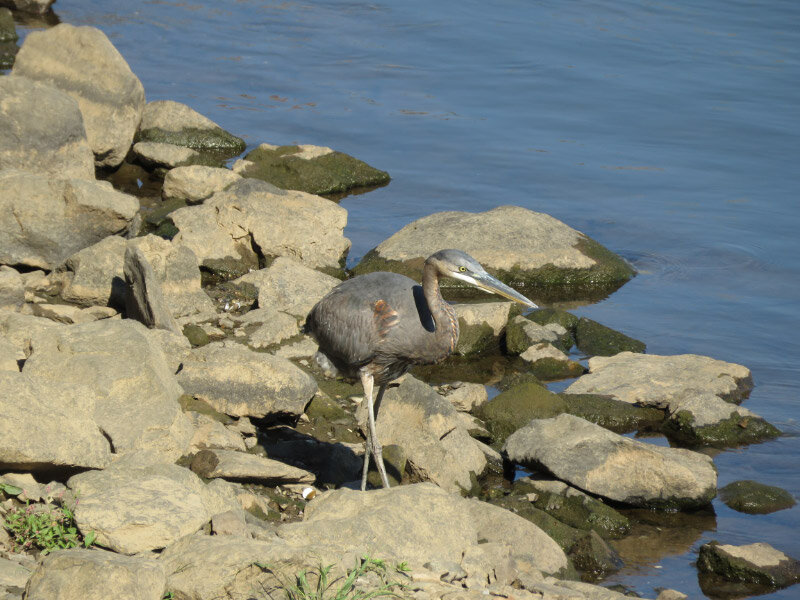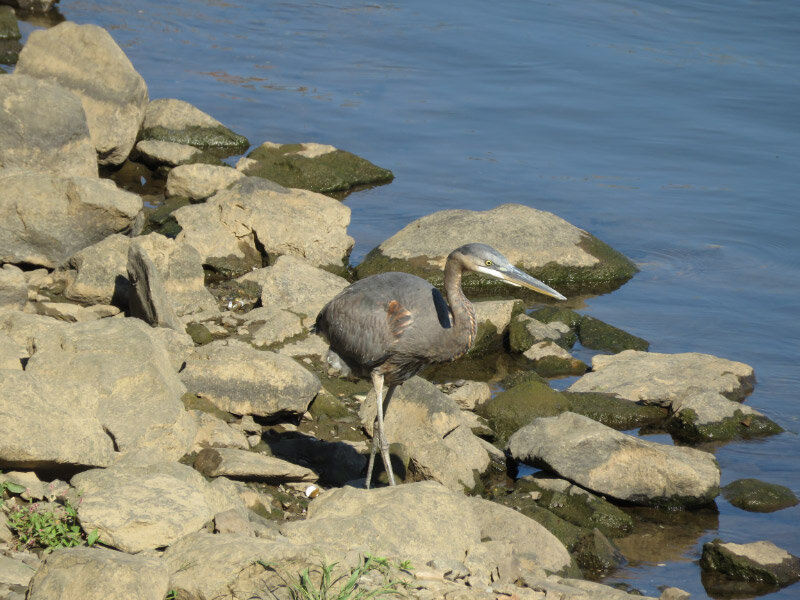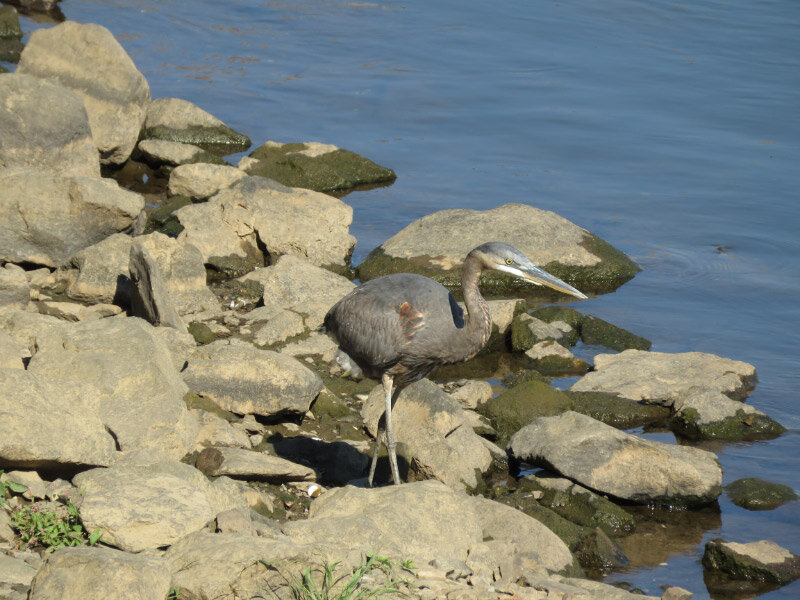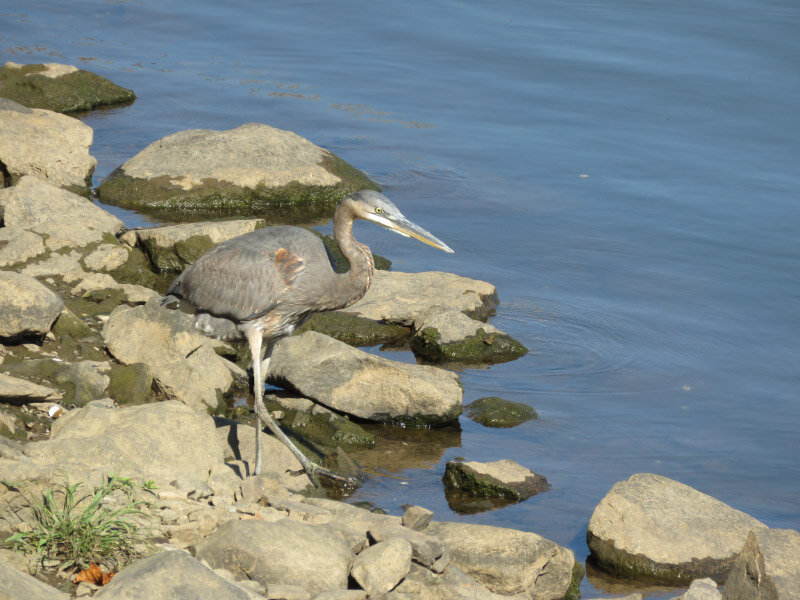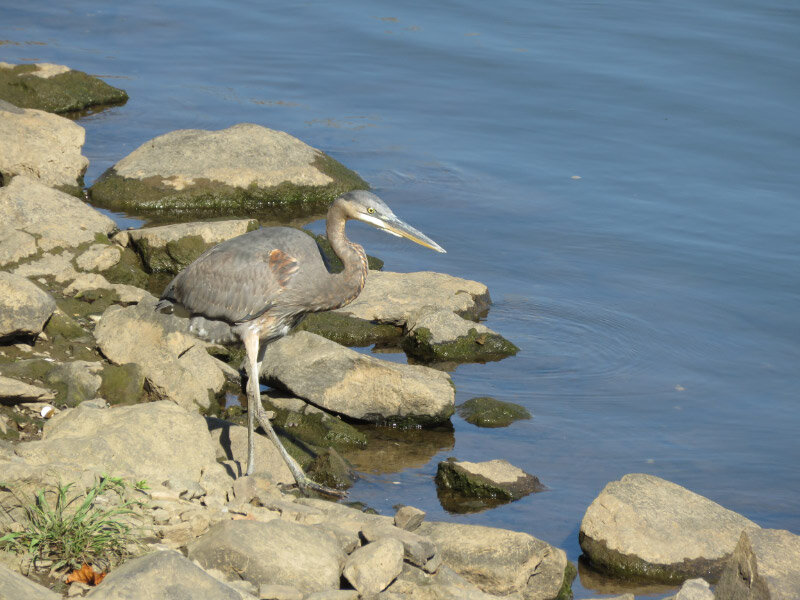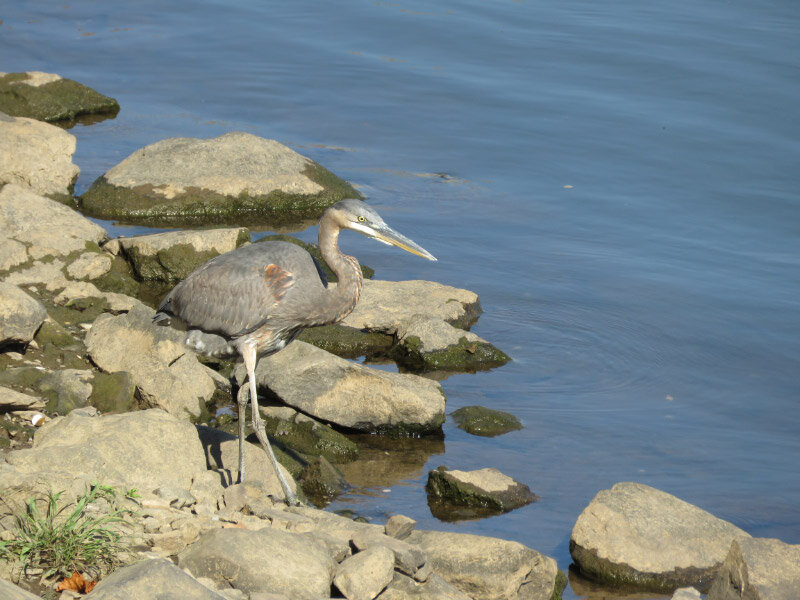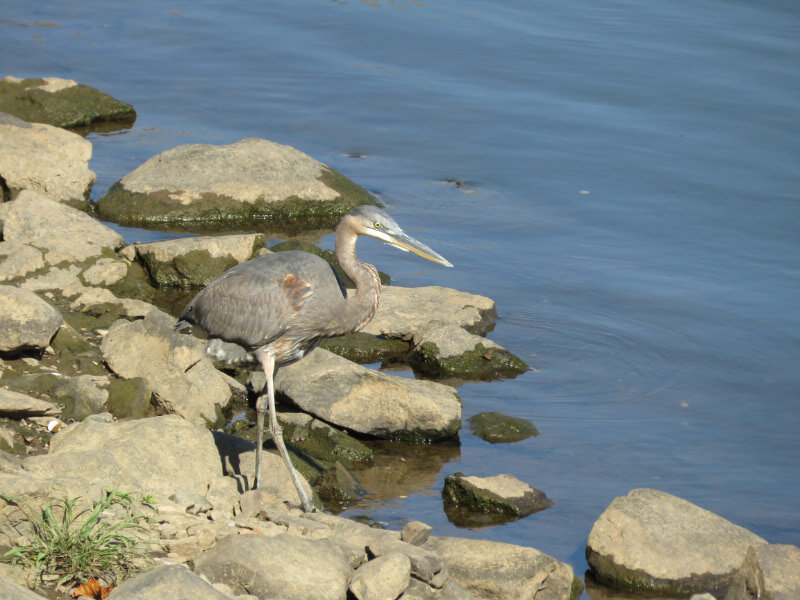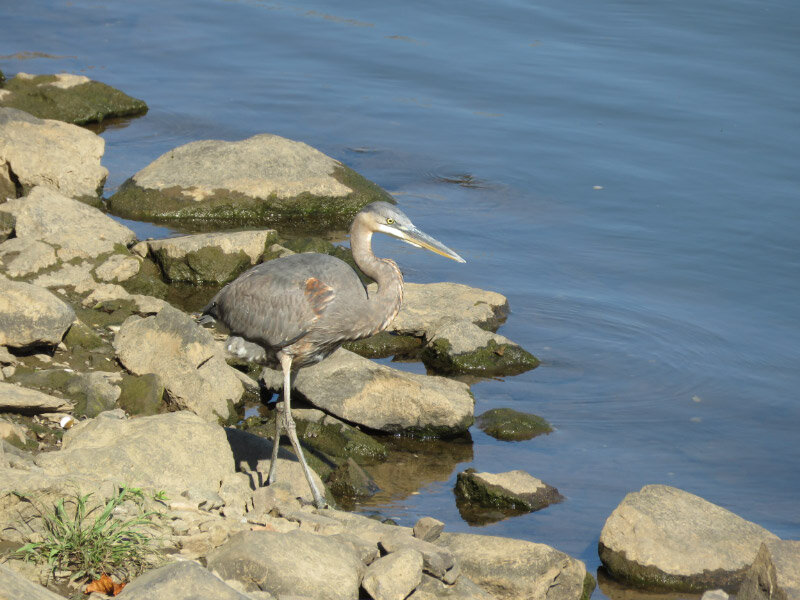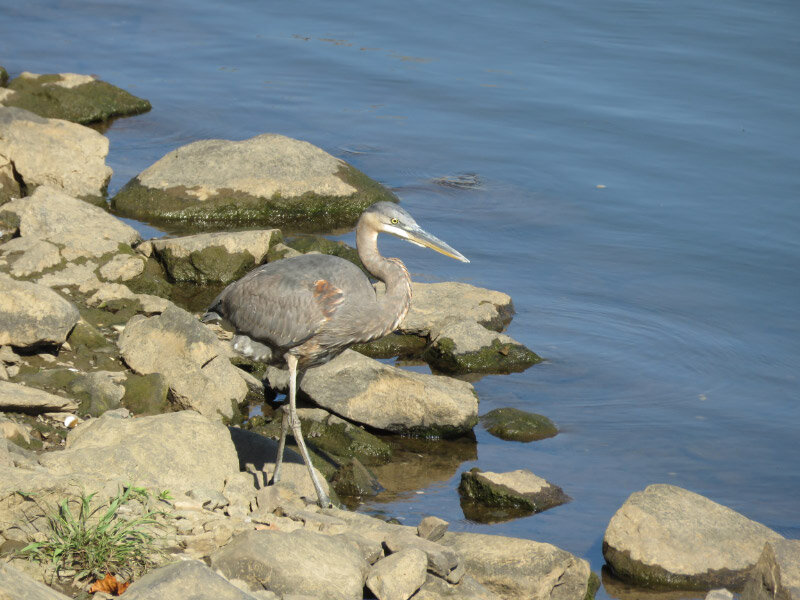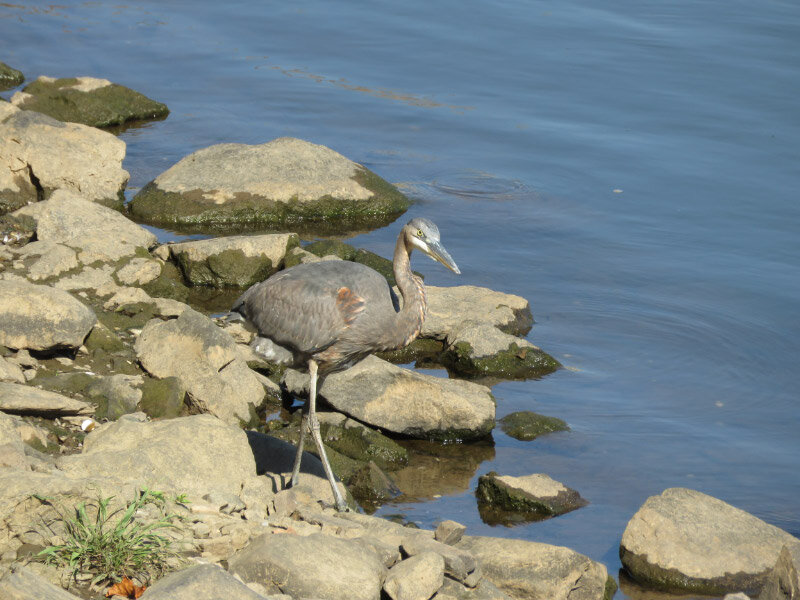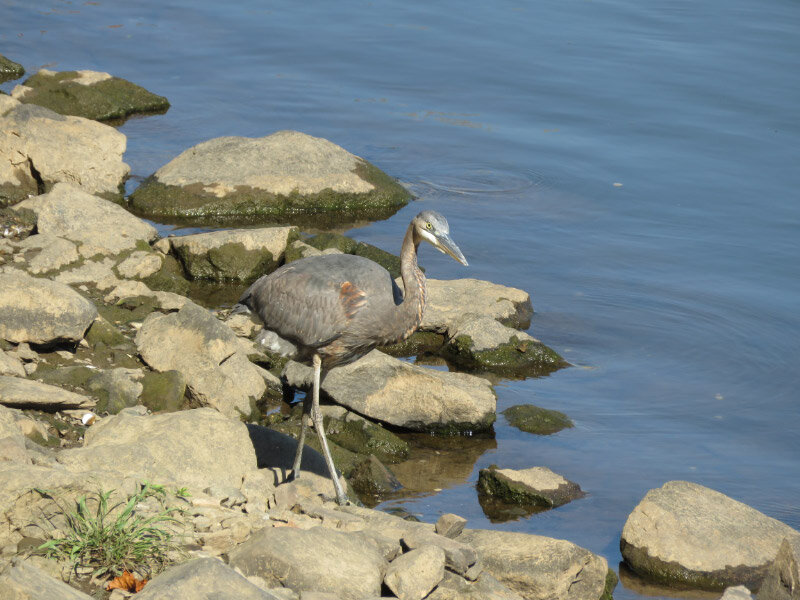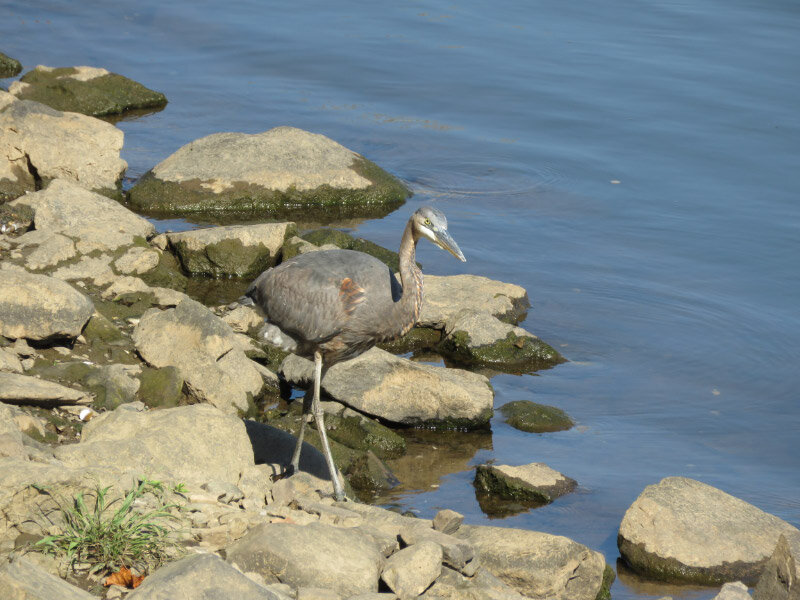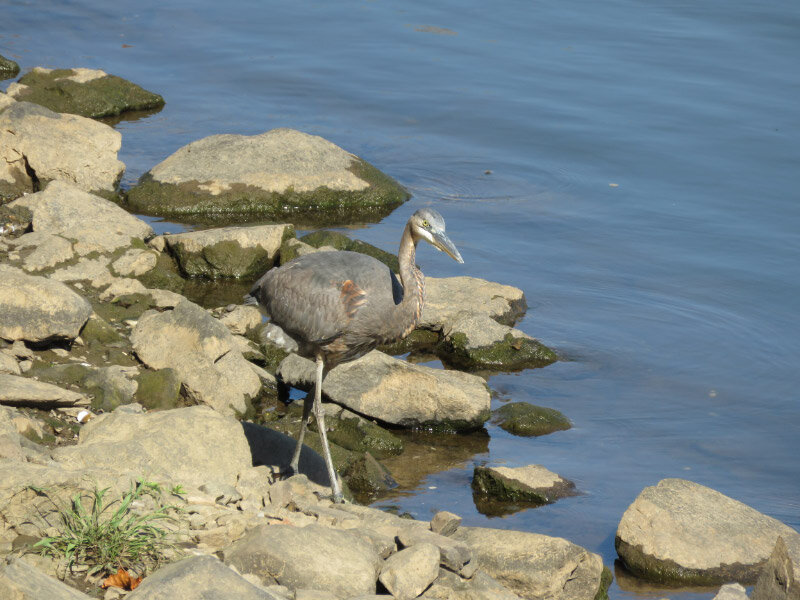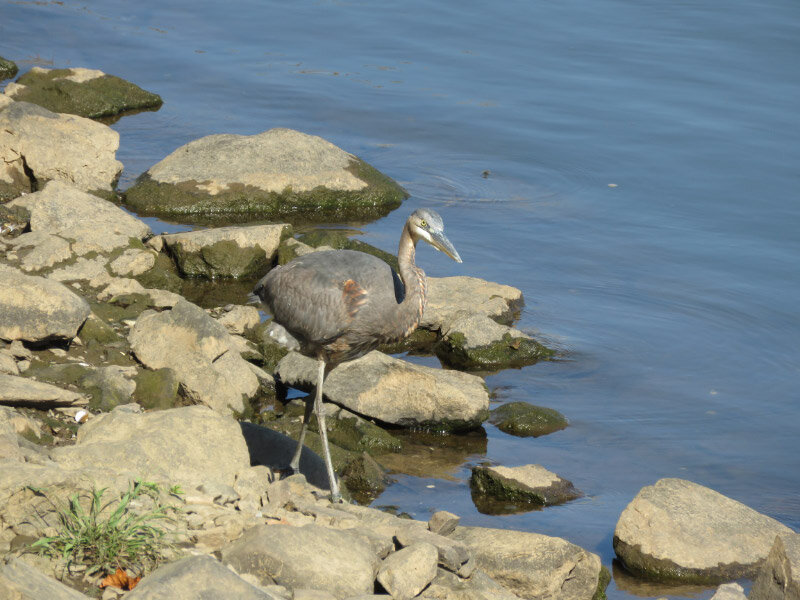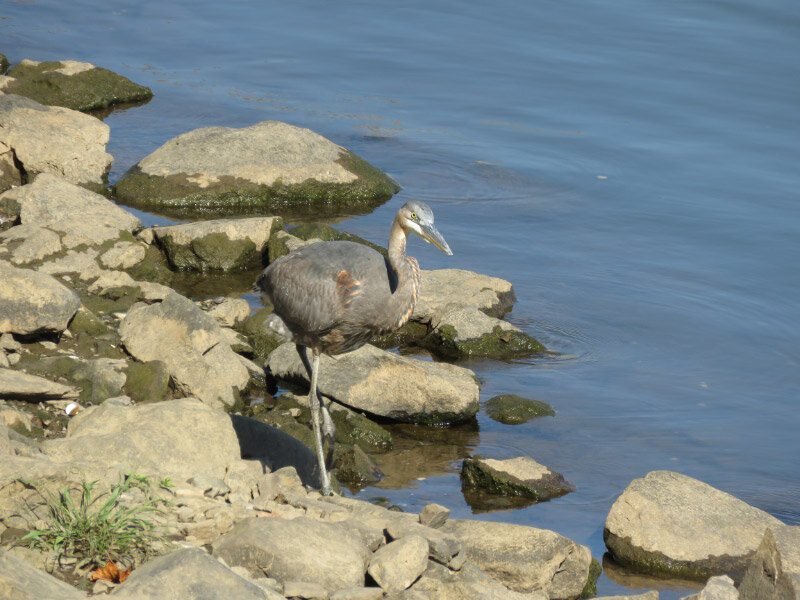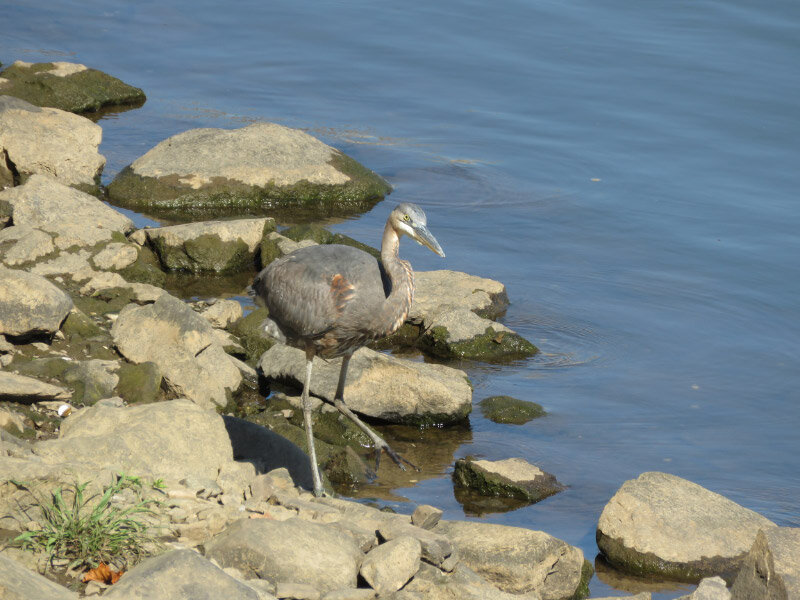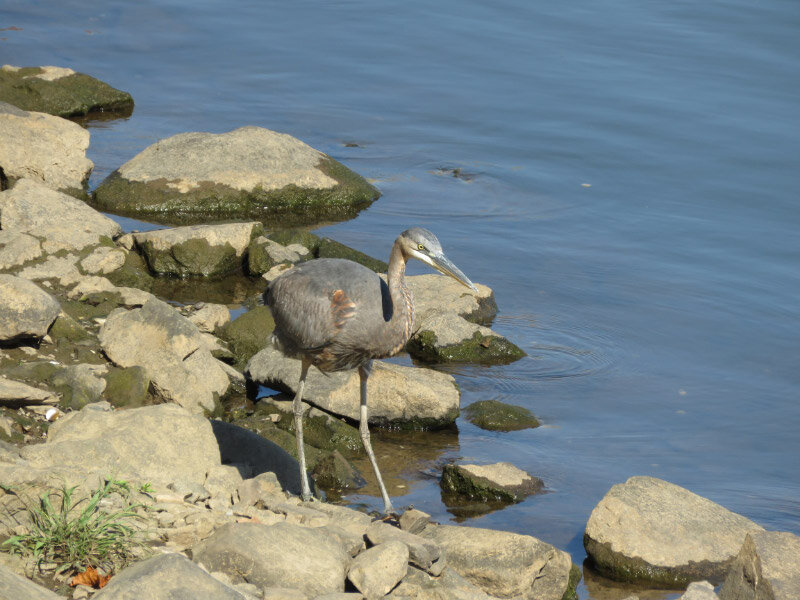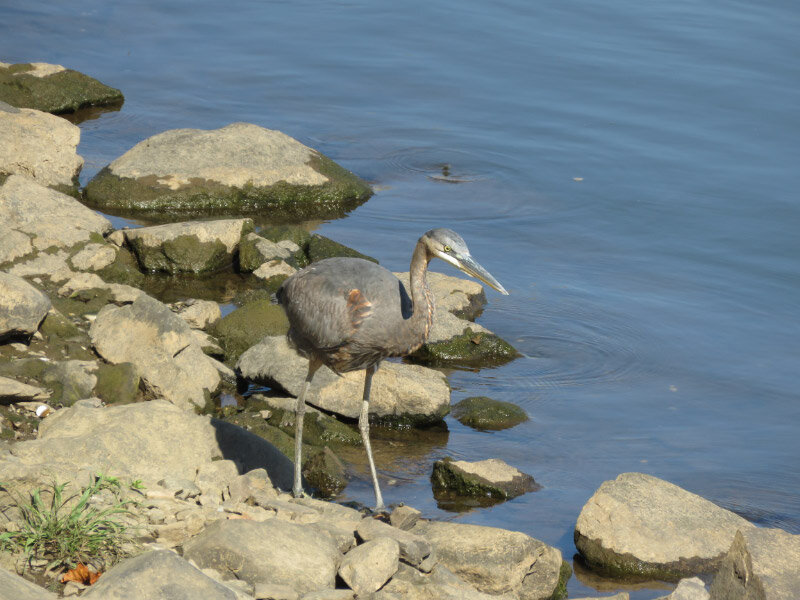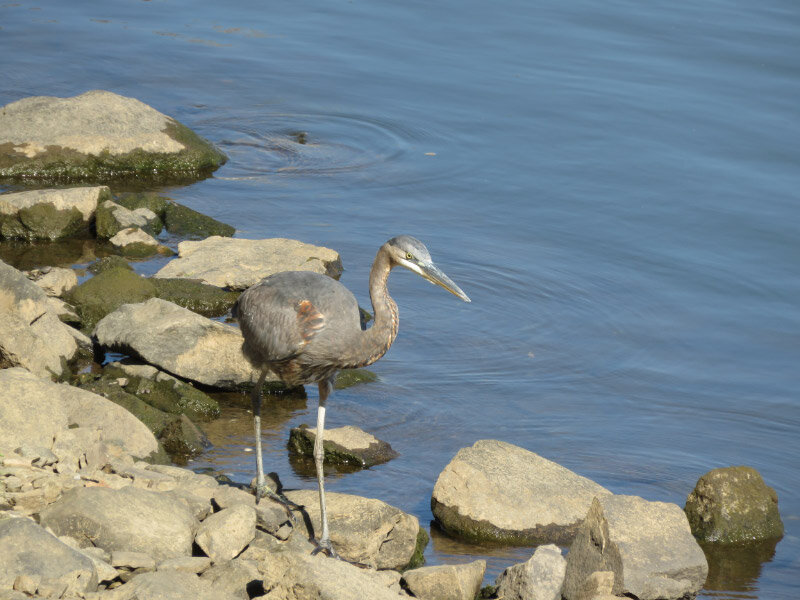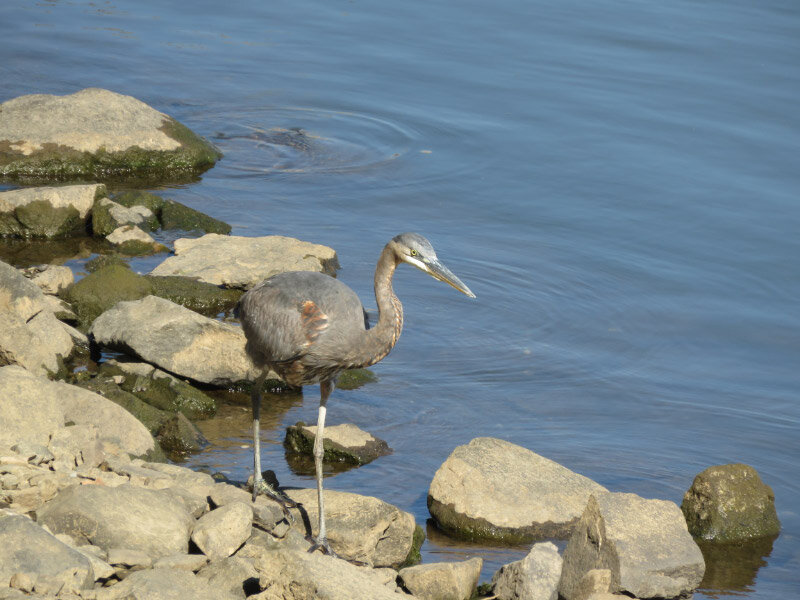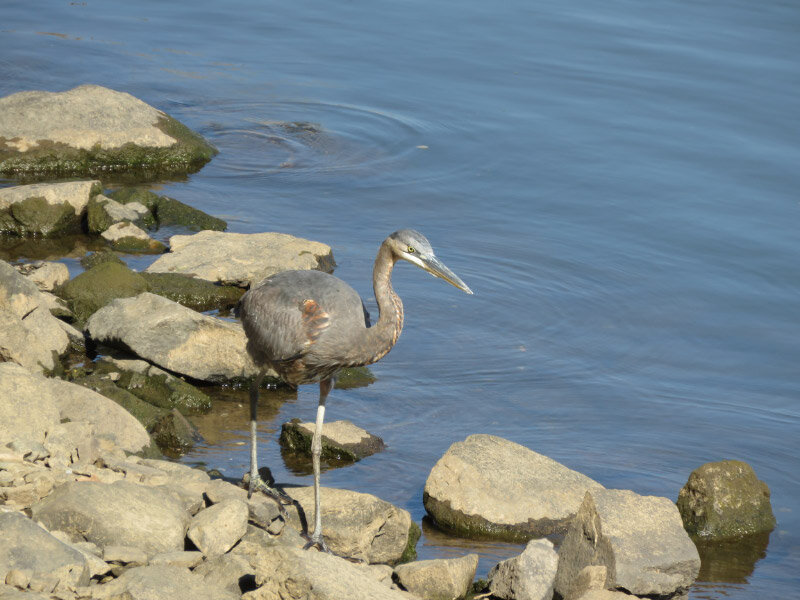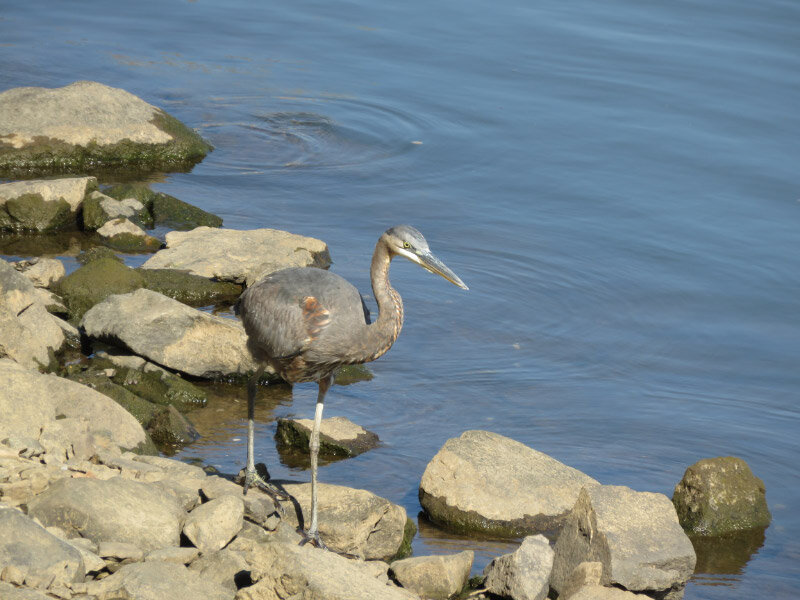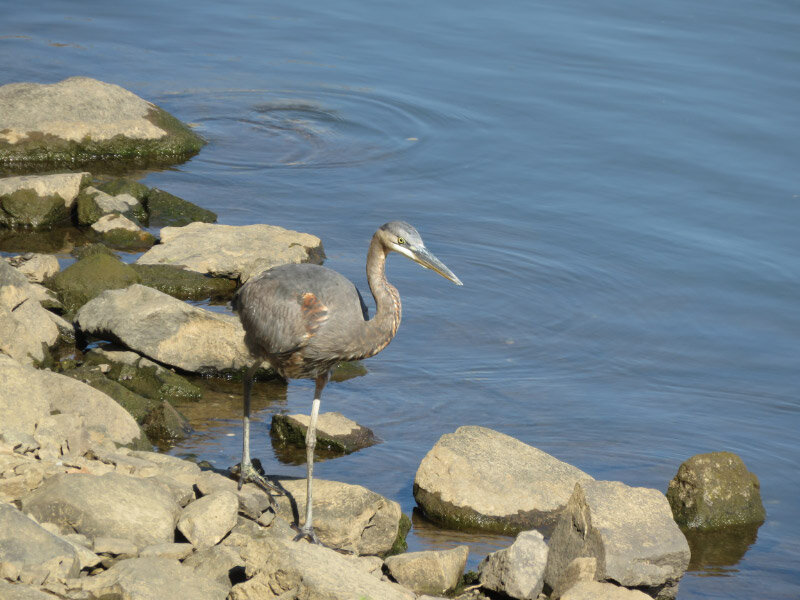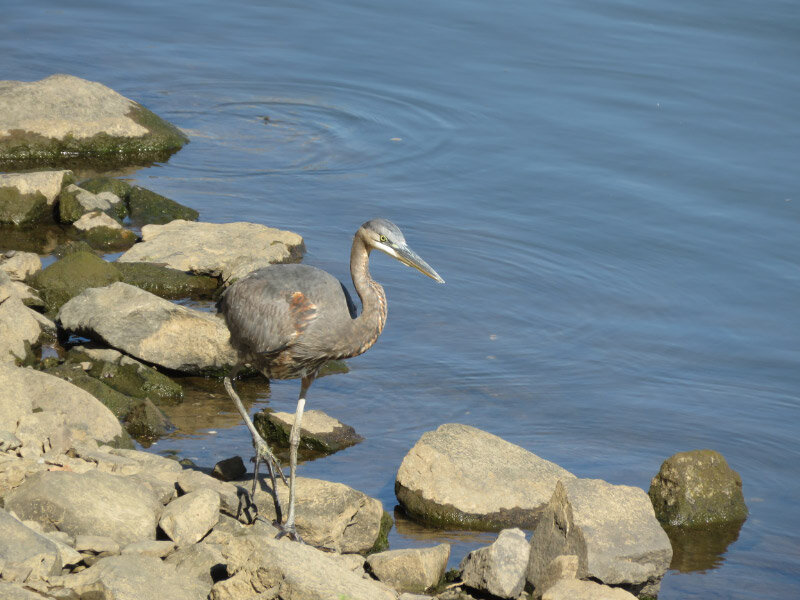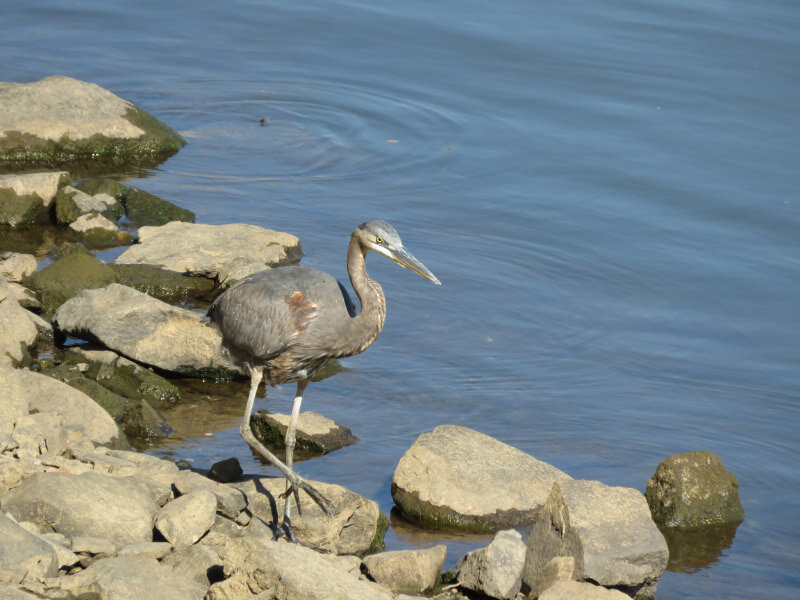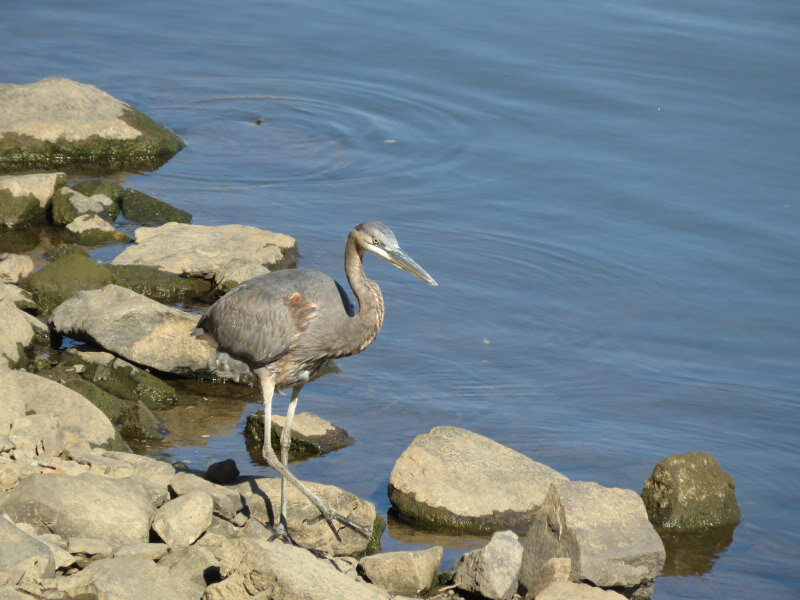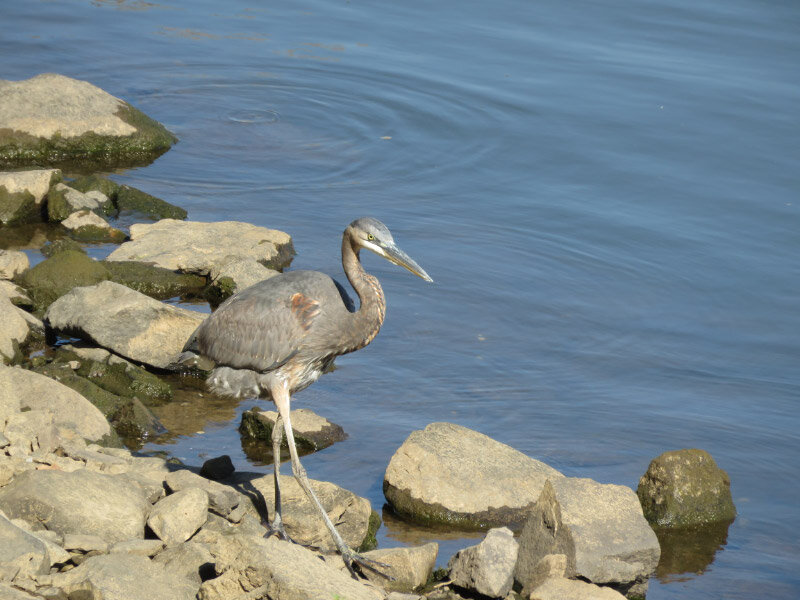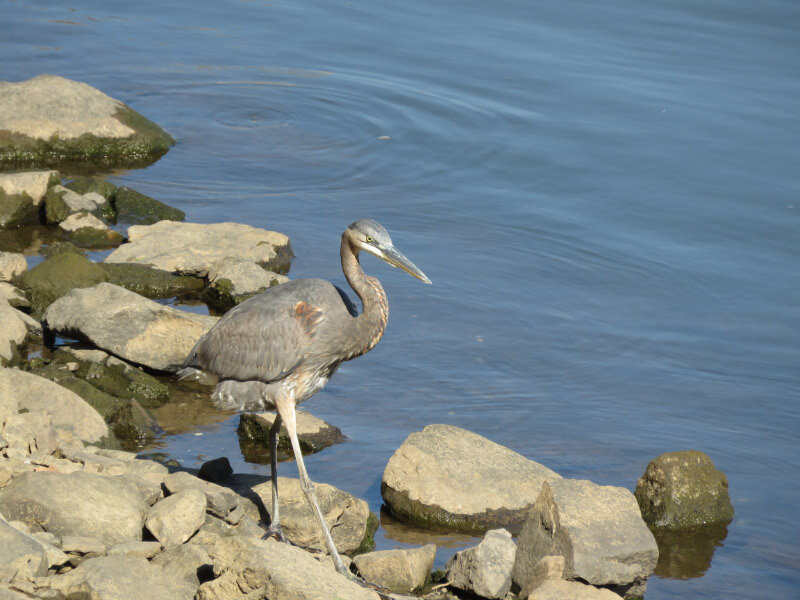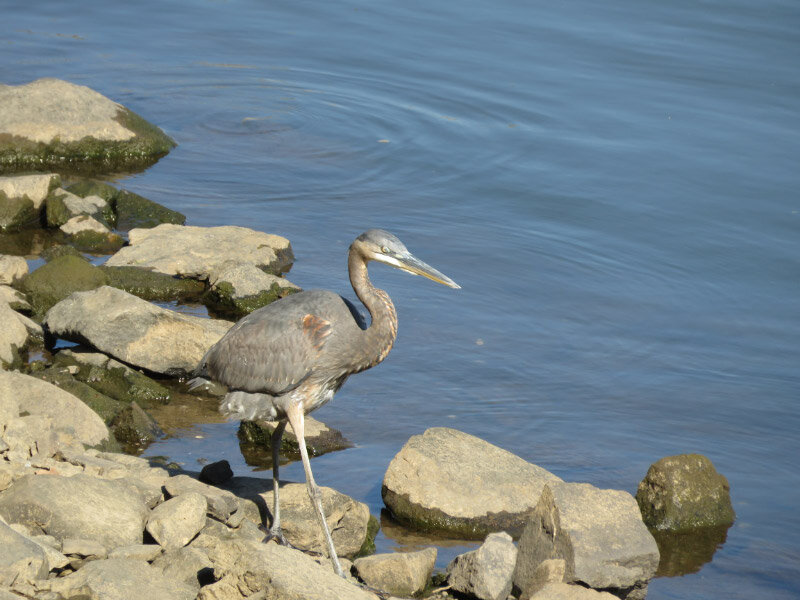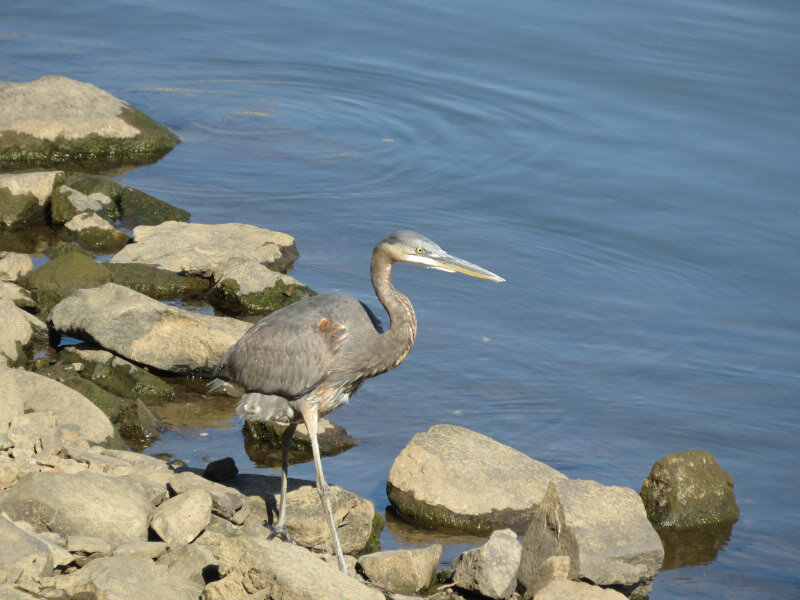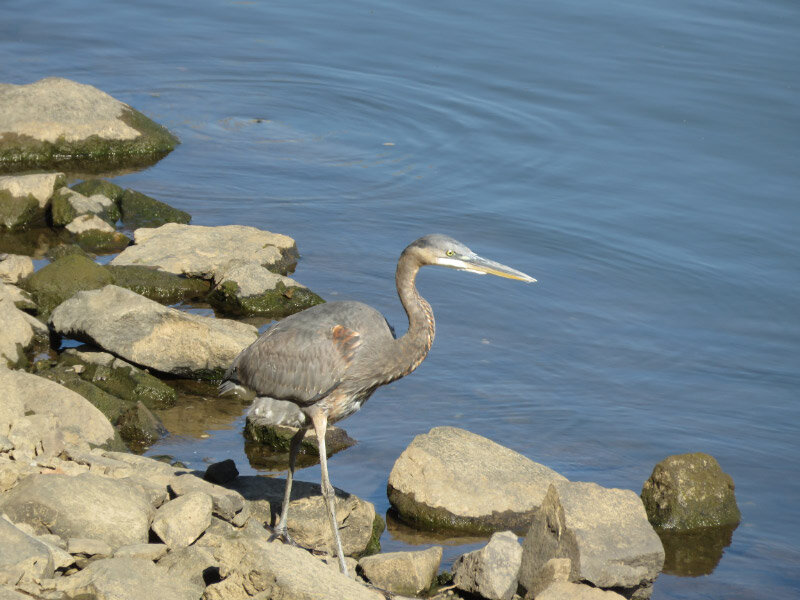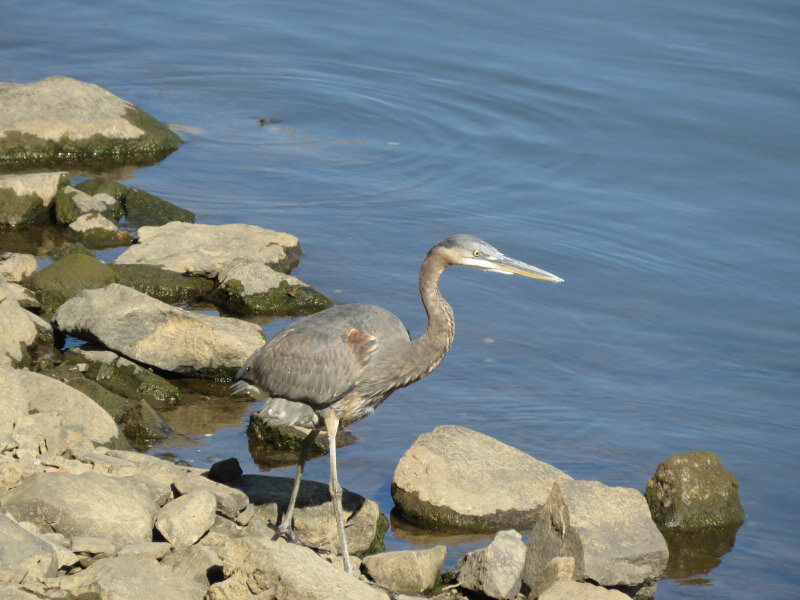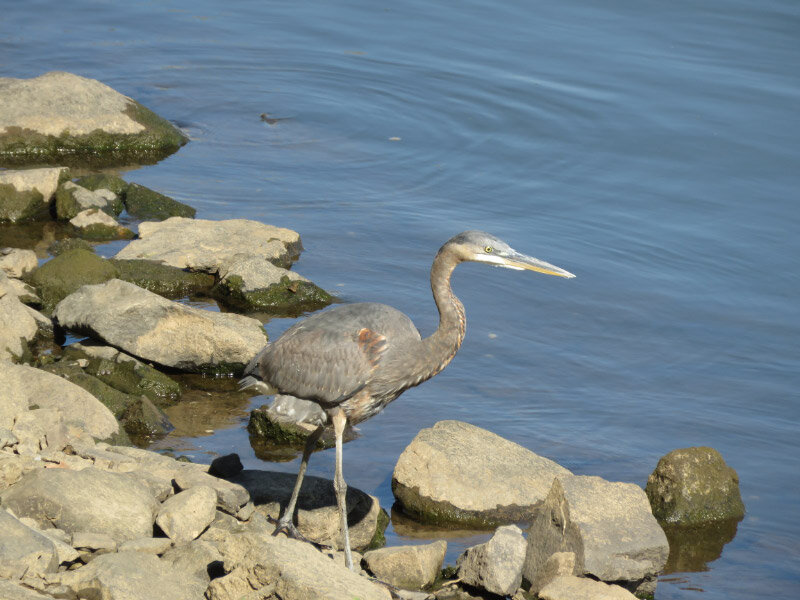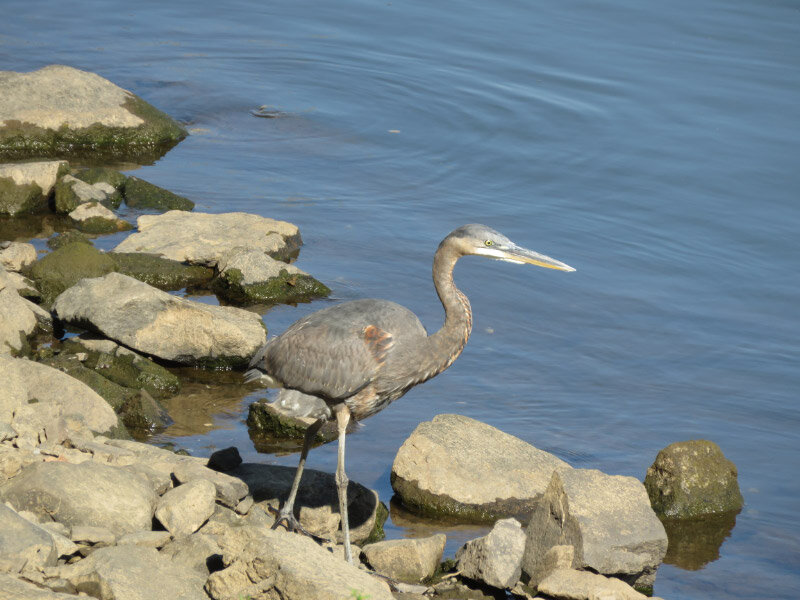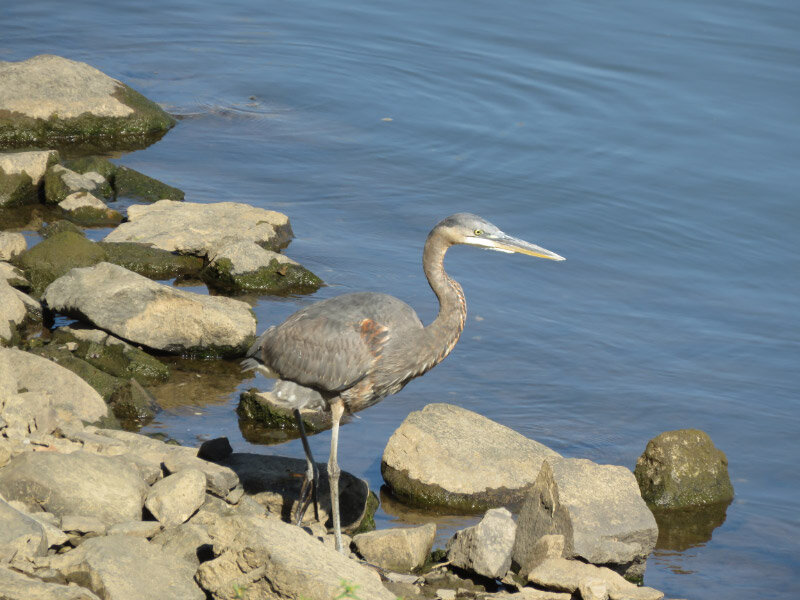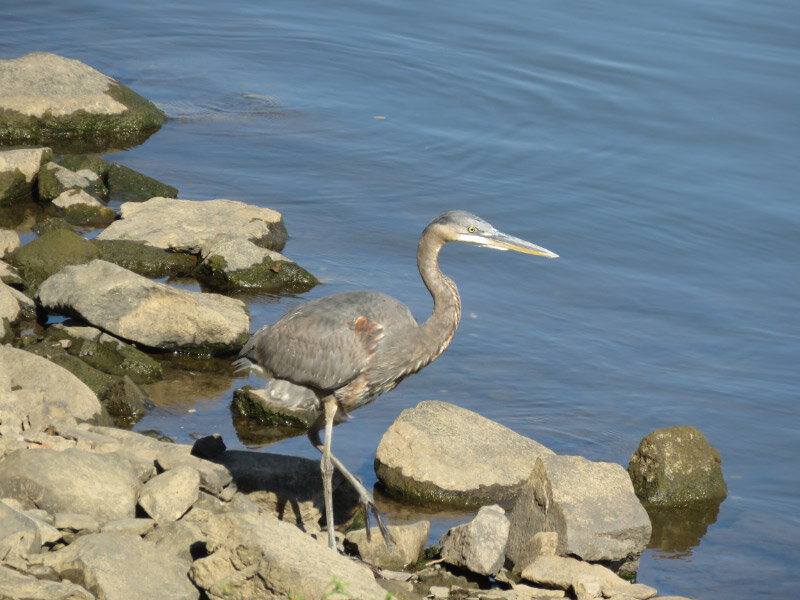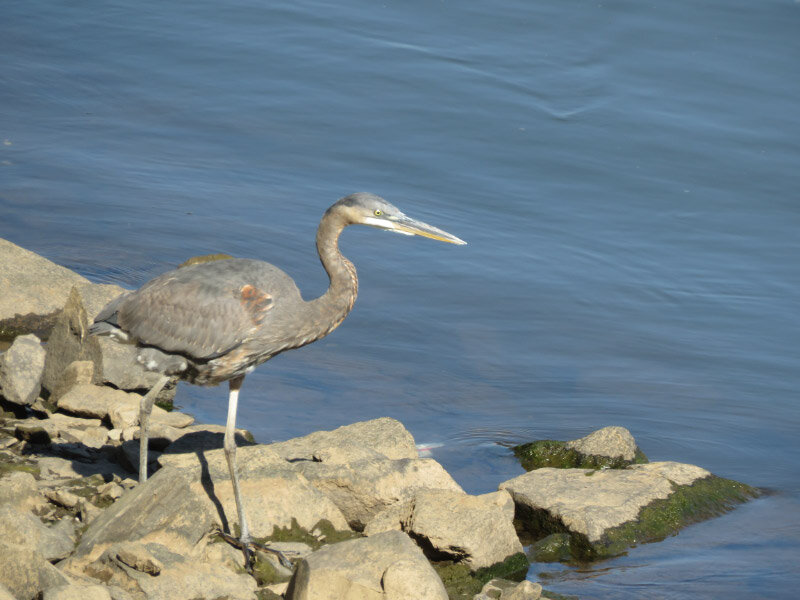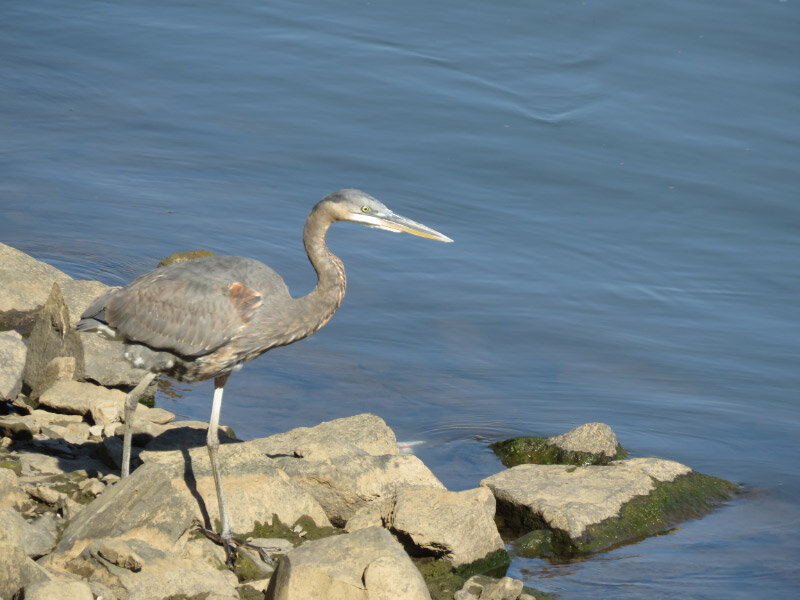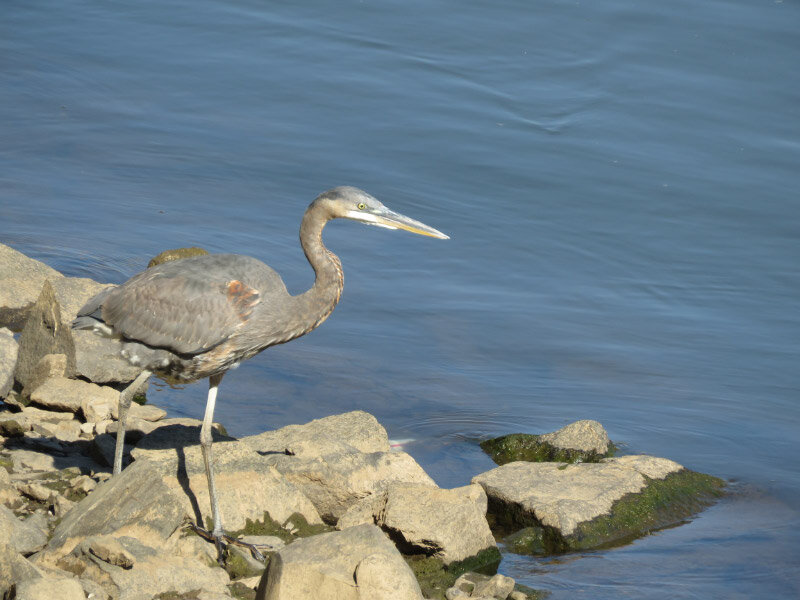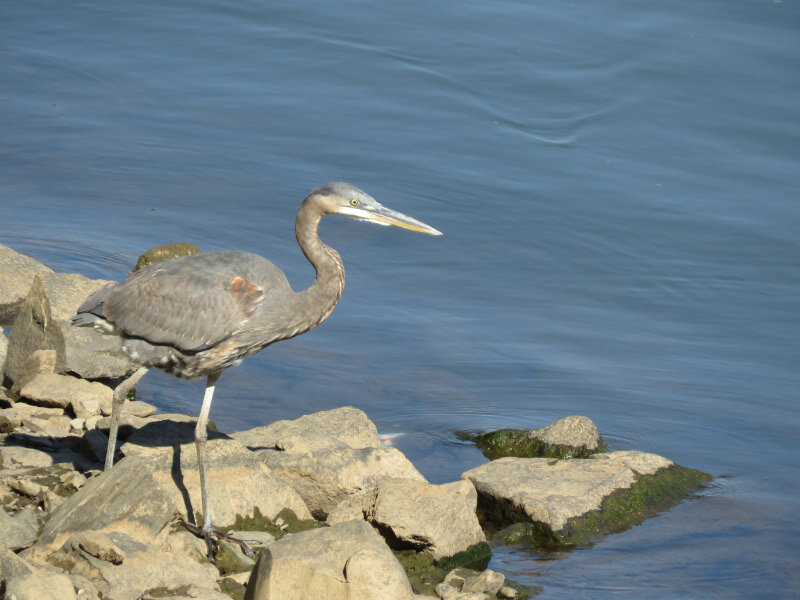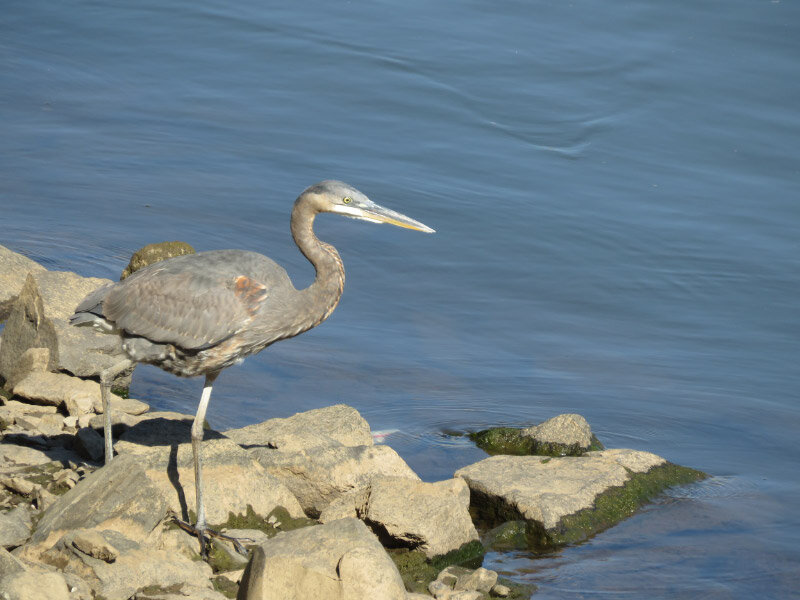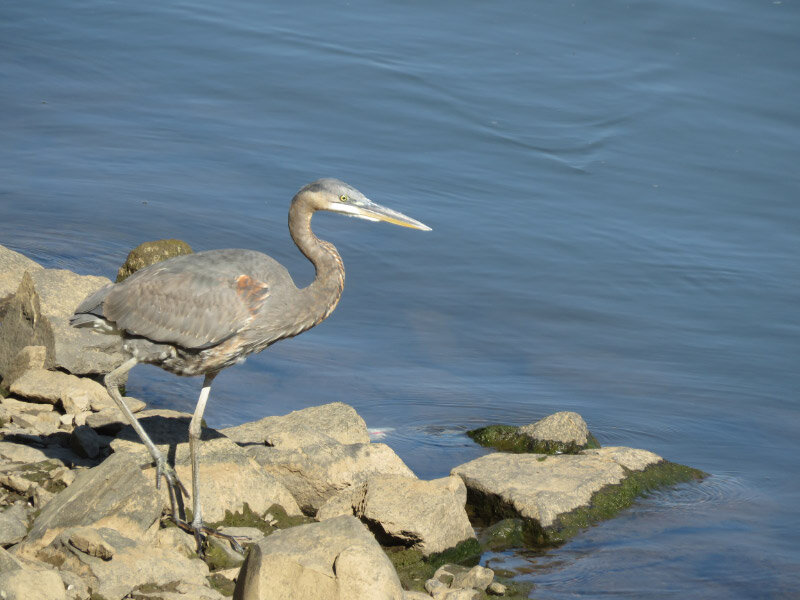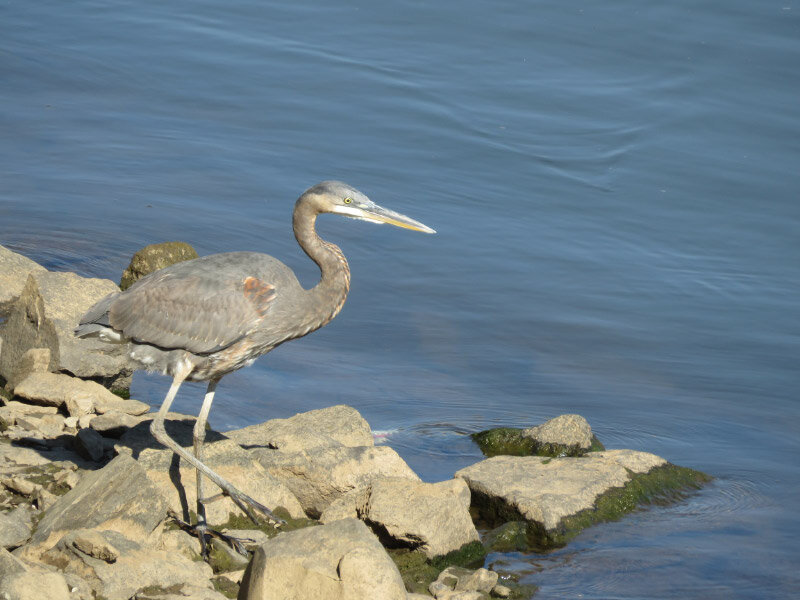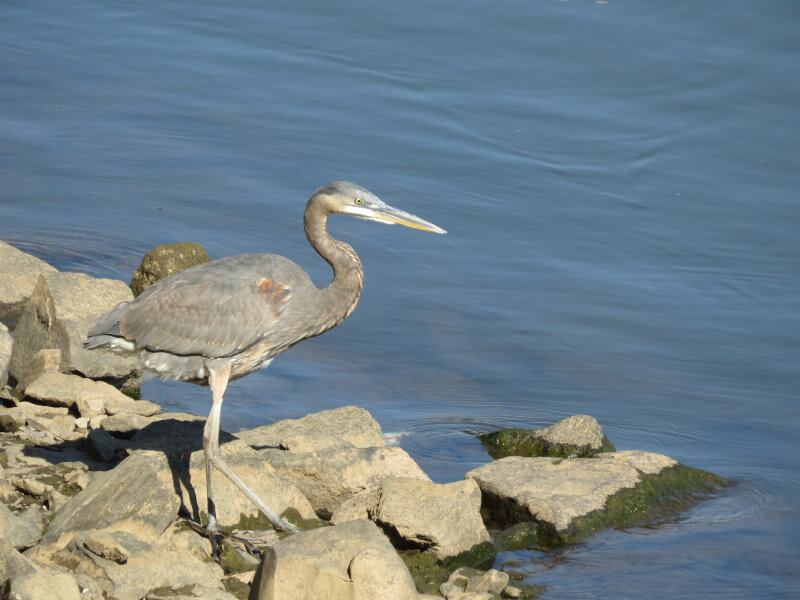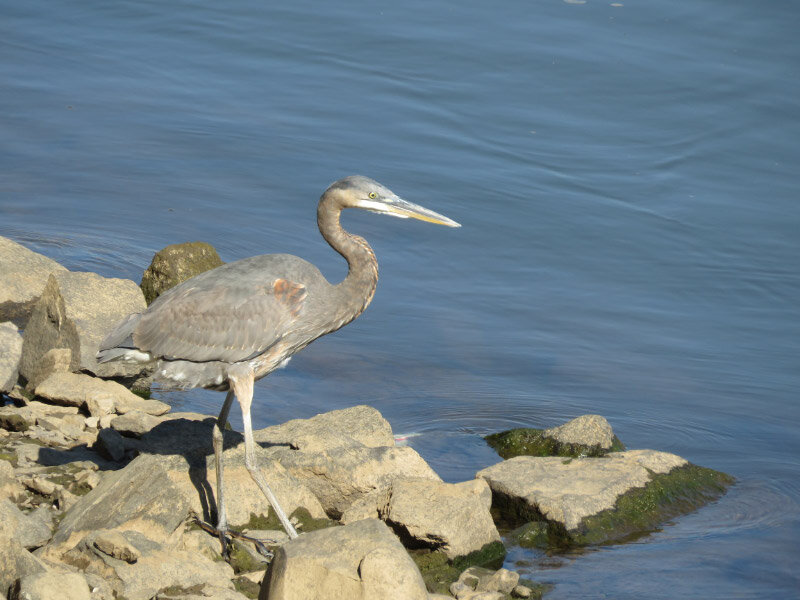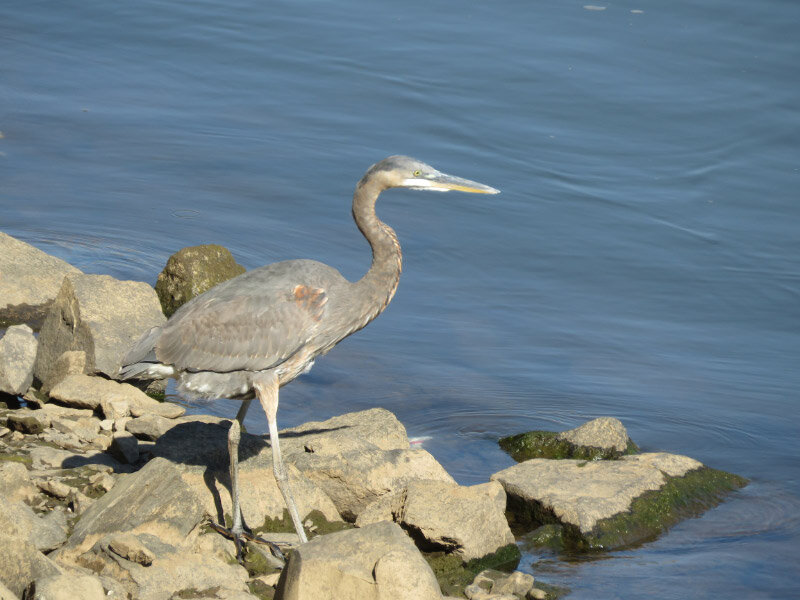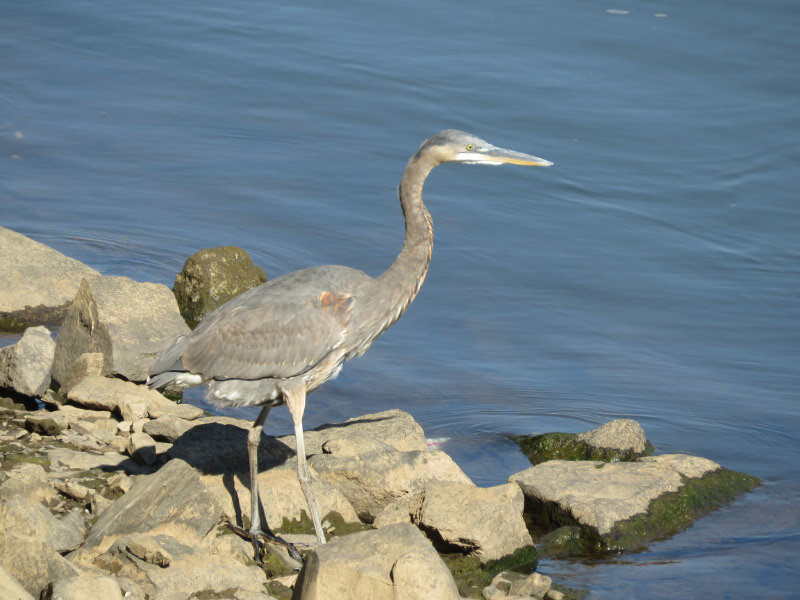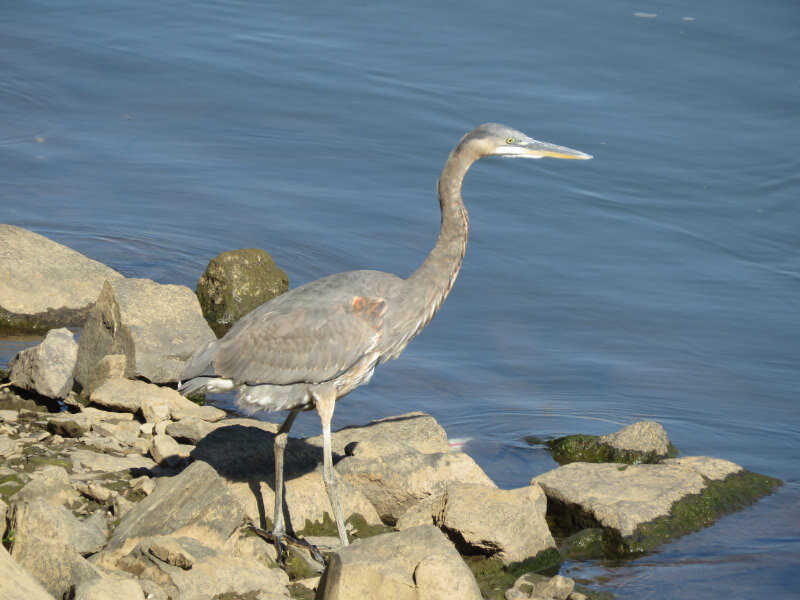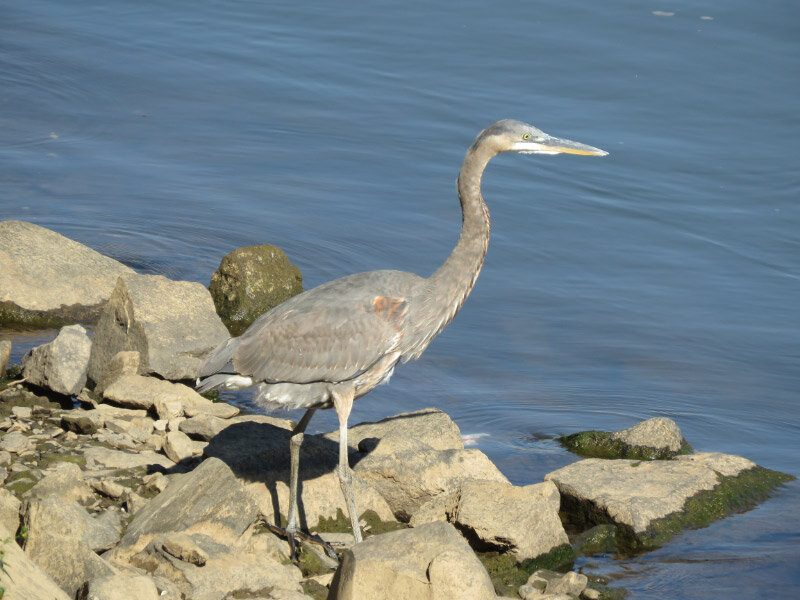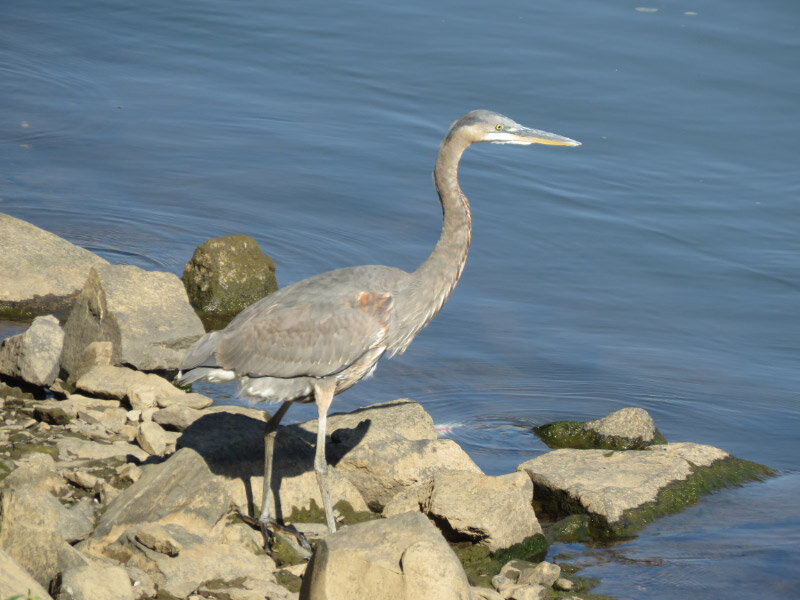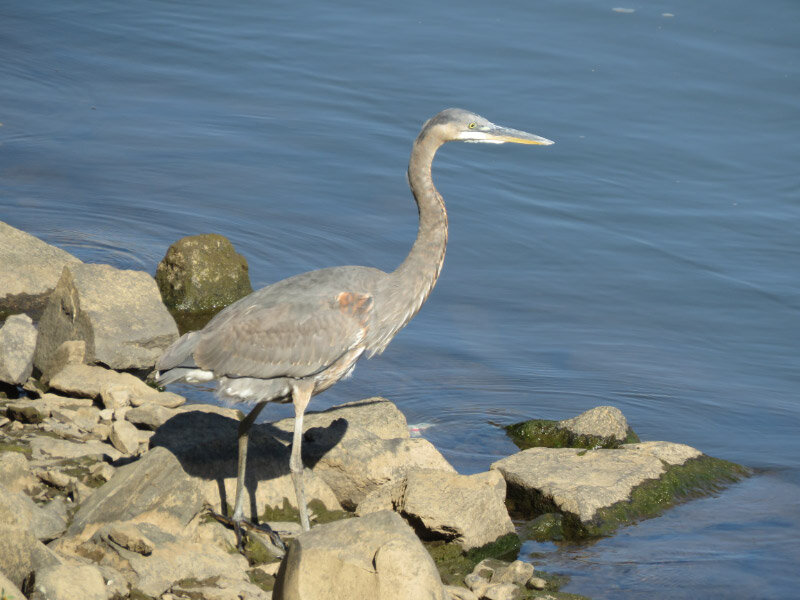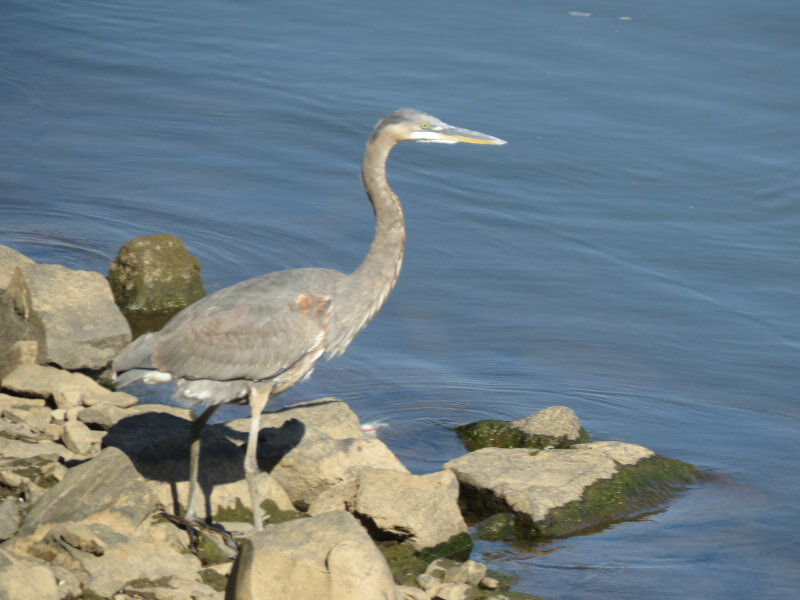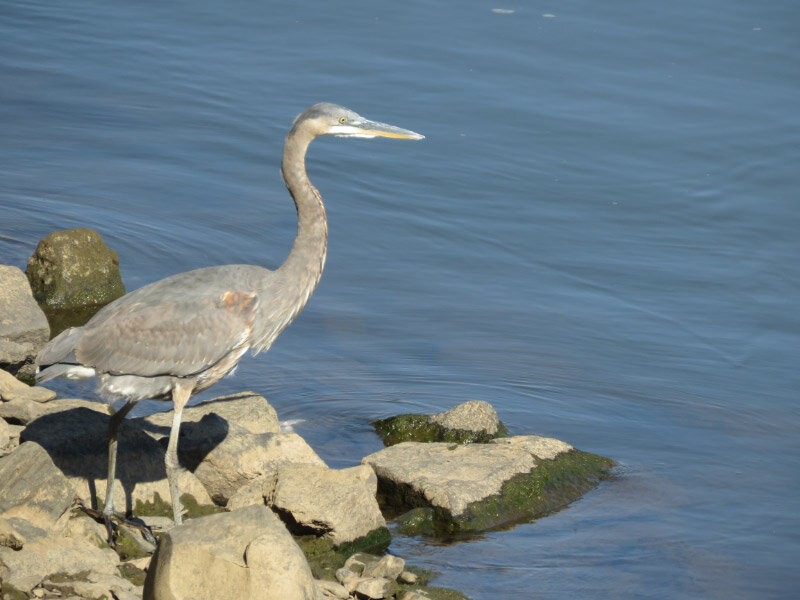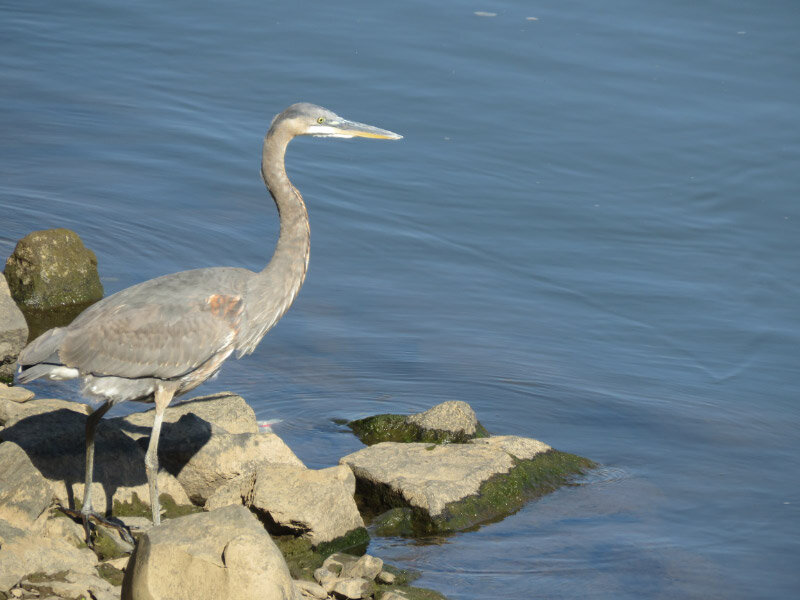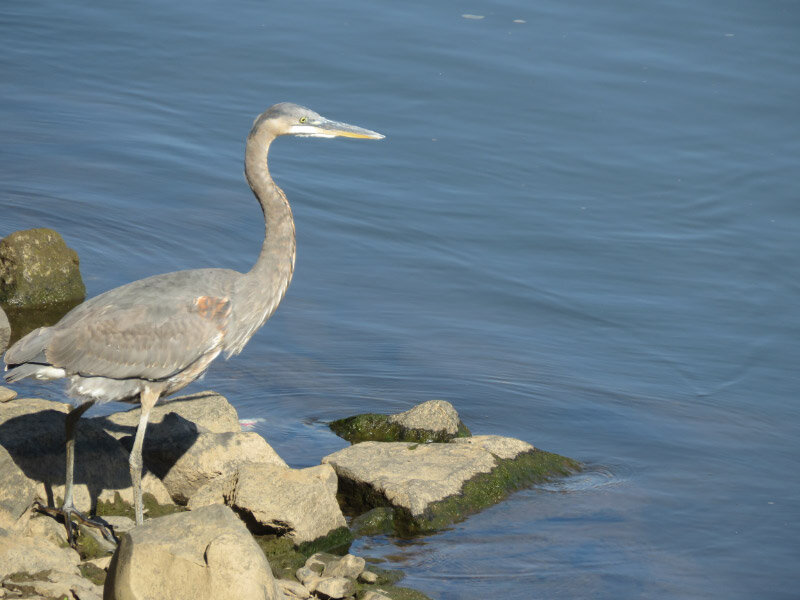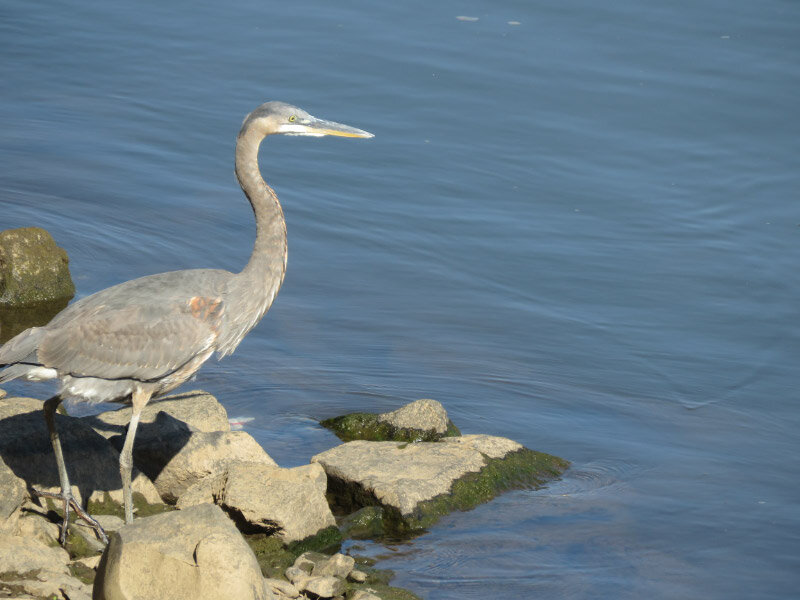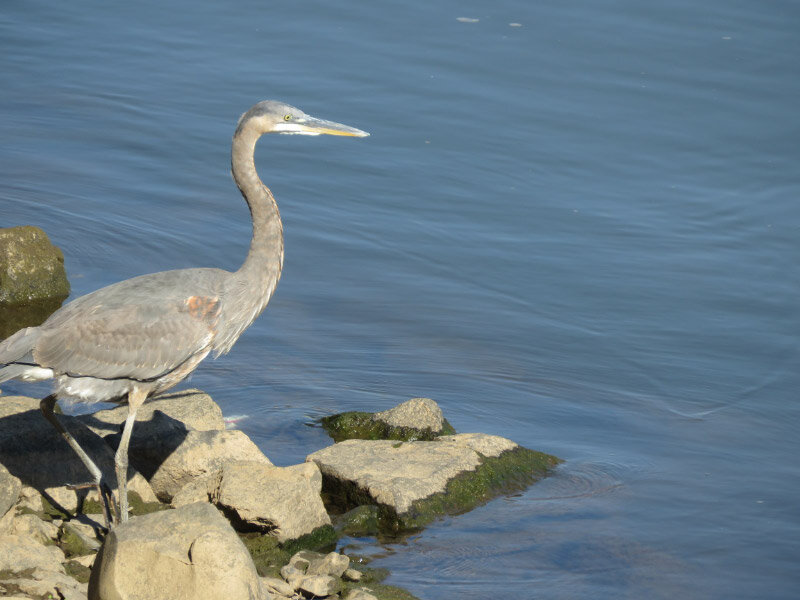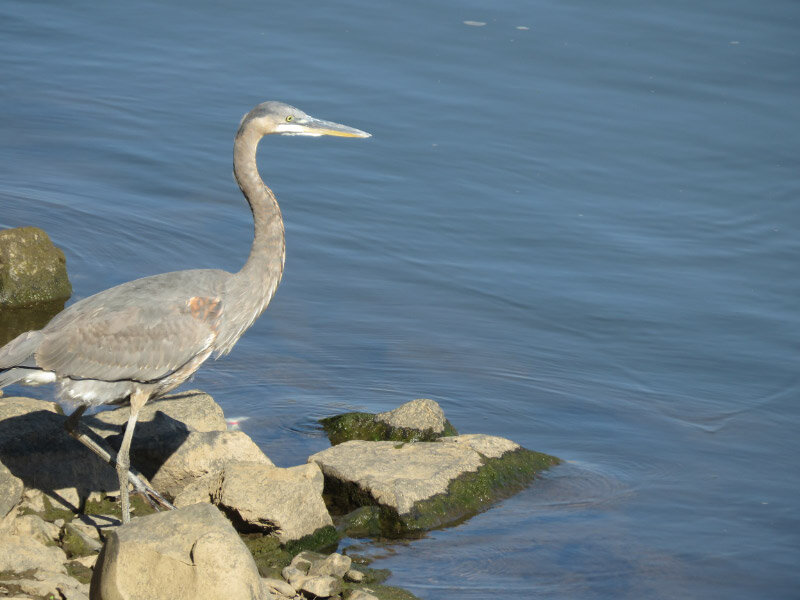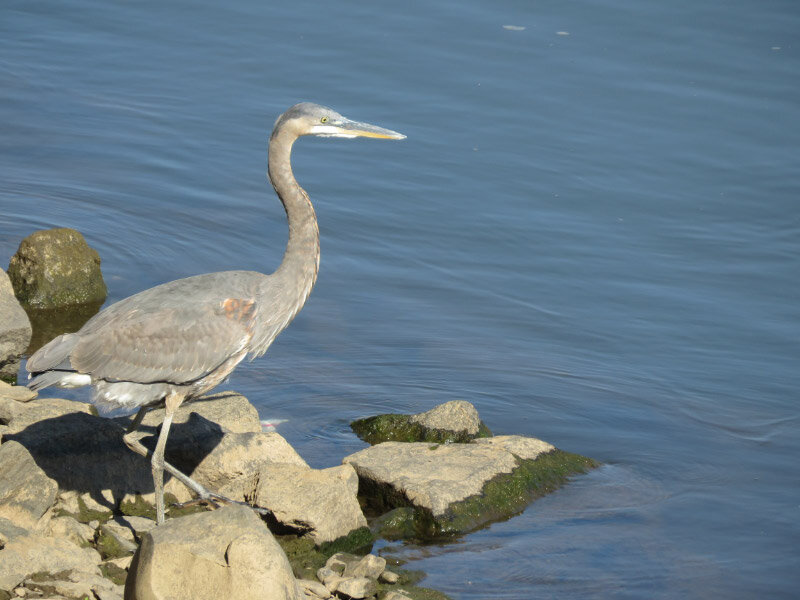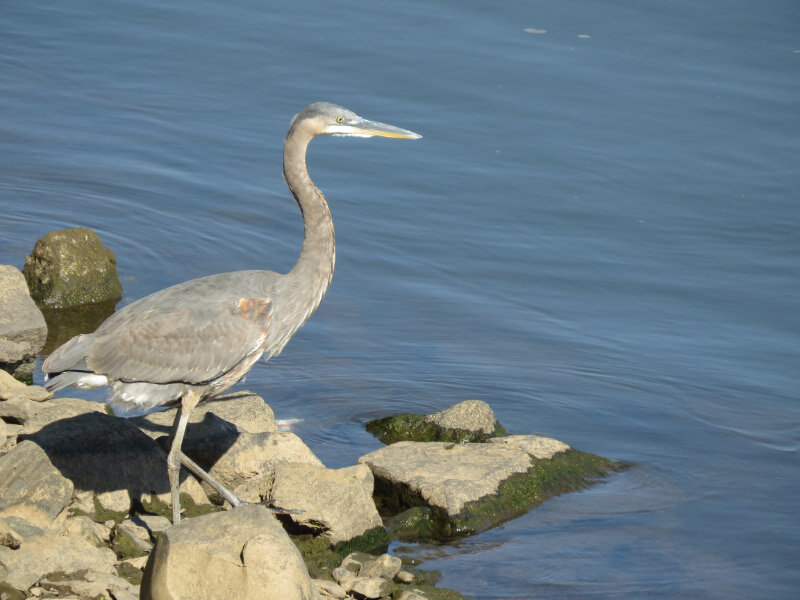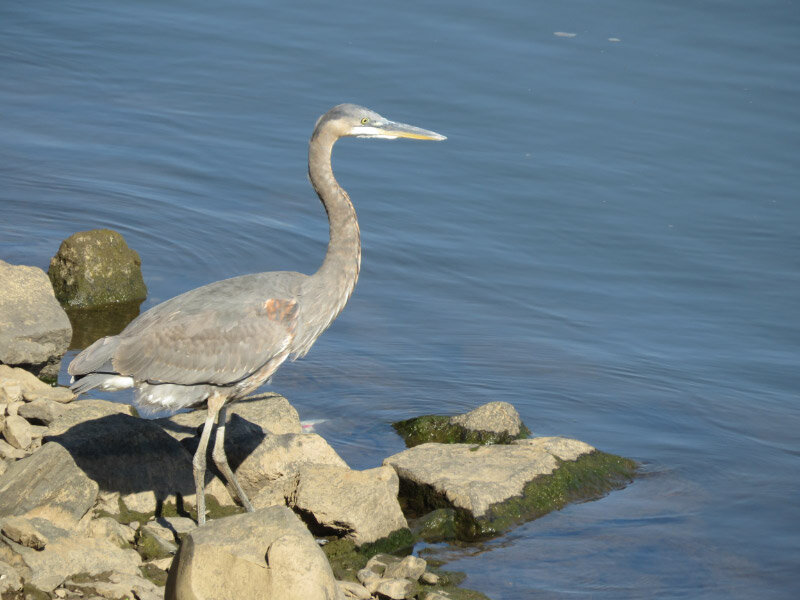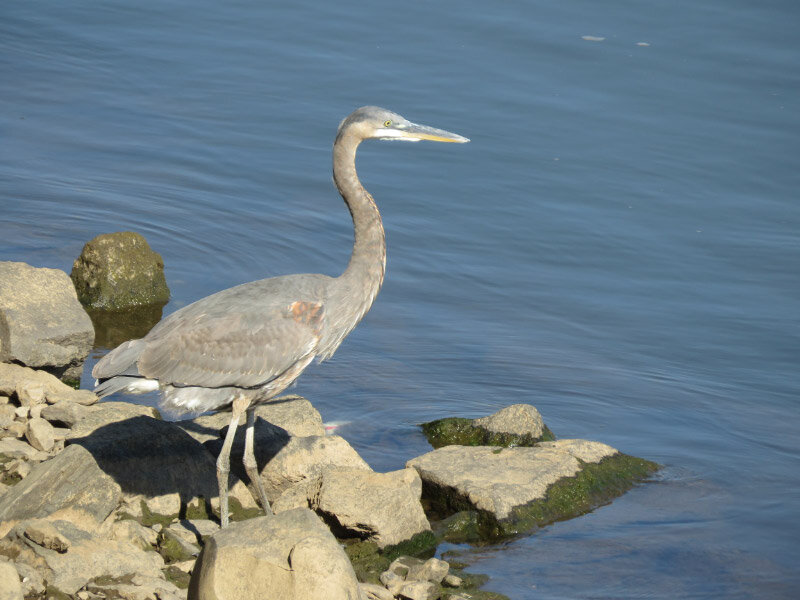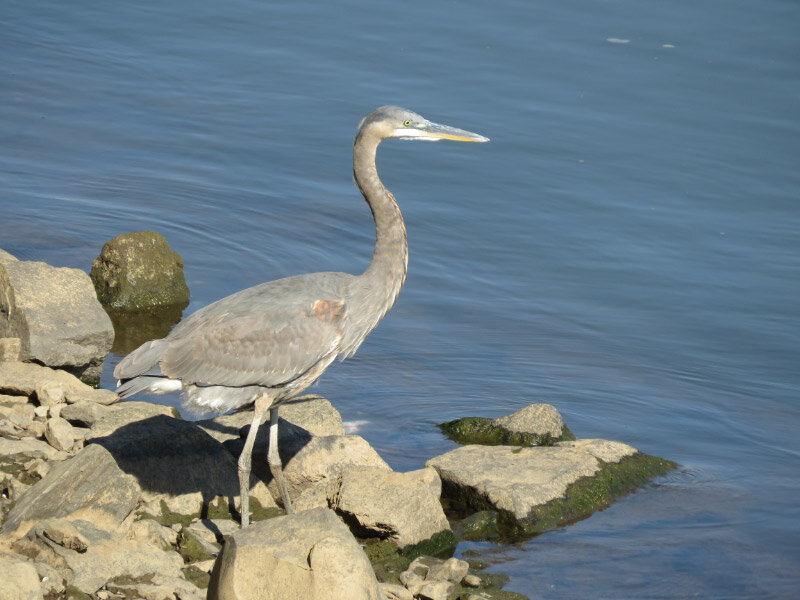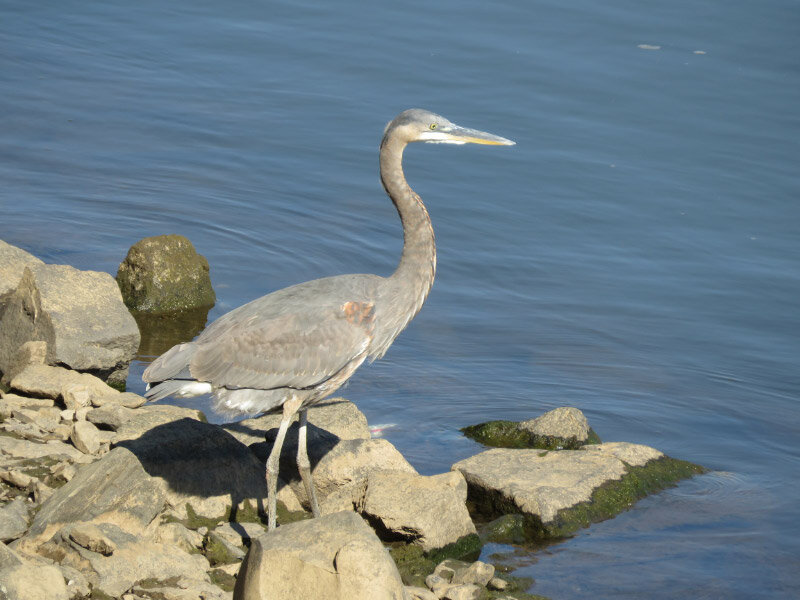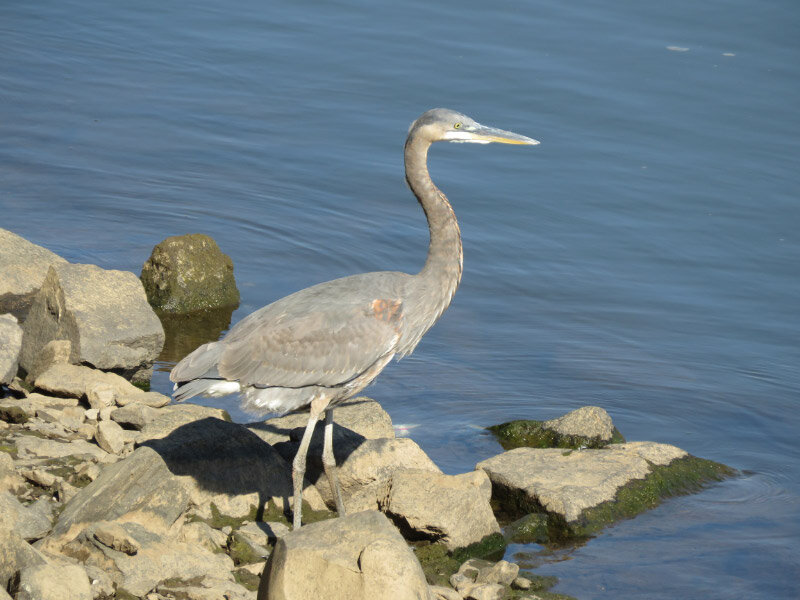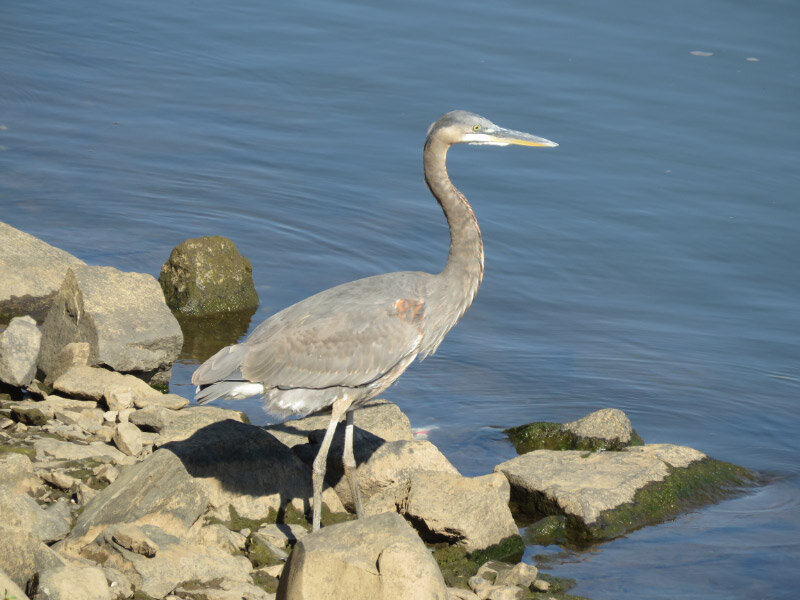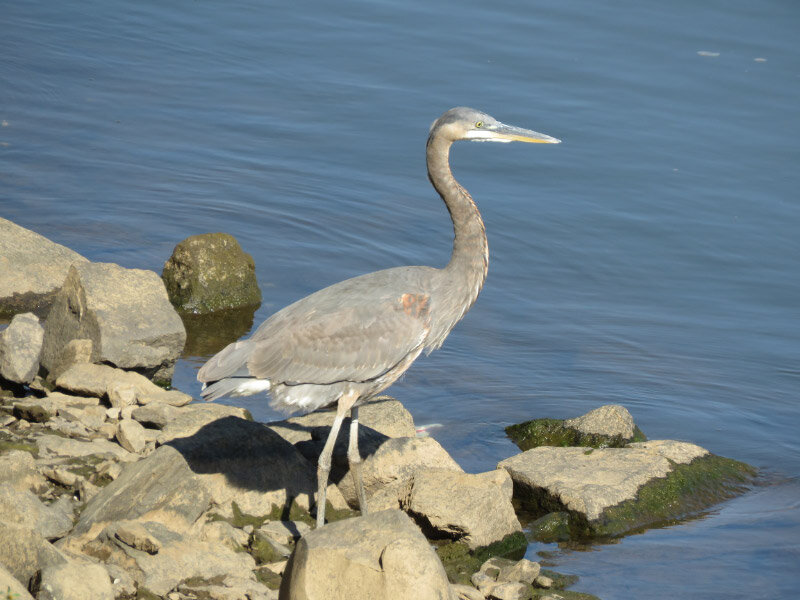Gleanings of the Week Ending May 25, 2024
/The items below were ‘the cream’ of the articles and websites I found this past week. Click on the light green text to look at the article.
Shasta Lake Filles Up Again - After consecutive wet winters in Northern California, Shasta Lake filled up for the second year in a row, in time for summer 2024. The healthy cache of water in back-to-back years was a welcome turnaround from drought conditions and low lake levels in 2019–2022.
The chemistry of hydrangea colors – This works for the Asian hydrangeas….not the North American natives (oak leaf and wood hydrangeas).
Are there long-terms health risks to using Botox? - Botox is the most common cosmetic procedure performed worldwide, with nearly three million injections estimated to take place each year. It works by blocking signals from the nerves that control the facial muscles. The muscles relax, and fine lines and wrinkles disappear. Very little is known about the long-term health effects of taking Botox, as most clinical trials only follow up on patients for six months or so. However, some studies have found that long-lasting cosmetic use of botulinum toxin can trigger permanent changes in facial expression, with persons no longer able to flex their facial muscles.
How a Small Herd of Romanian Bison Is Locking Away Thousands of Tons of Carbon - European bison were reintroduced to the Țarcu Mountains, at the southern end of the Carpathian range, in 2014. Now numbering 170, the bison are reshaping the mountain landscape in ways that are helping clean up emissions: the Țarcu grasslands are capturing roughly 10 times as much carbon as they were before bison were reintroduced.
Preserving The Thermal Springs And Bathhouses Of Hot Springs, Arkansas – This post from National Parks Traveler came out while my daughter and I were in Hot Springs. I saw it after I got home.
How Can You Stop a Disease-Carrying Mosquito? – Hawaiian honeycreepers are dying of avian malaria spread by mosquitos. Now there is a project that is releasing male mosquitoes (they don’t bite and don’t spread diseases, females are the ones that bite/feed on blood) that causes breeding to fail – thus causing the mosquito population to crash. Even if this is successful, there is more to do for the birds to thrive: forest restoration, keeping weeds out, eliminating invasive pigs, some captive breeding of the birds.
Blood pressure drugs more than double bone-fracture risk in nursing home patients - The medications tend to impair balance, particularly when patients first stand up and temporarily experience low blood pressure that deprives the brain of oxygen. Interactions with other drugs and low baseline balance in many nursing home patients compound the problem. A combination of less medication and better support could significantly reduce the problem.
Hurricanes, heatwaves and rising seas: The impacts of record ocean heat - Every day since late March 2023, global ocean surface temperatures have set new records for the hottest temperature ever recorded on that date….and the repercussions are already beginning.
Fewer Than 100 Cigar Orchids Found In Big Cypress National Preserve - A months long search for rare cigar orchids in Big Cypress National Preserve in Florida has turned up 85 of the plants the state of Florida considers endangered. No plant had produced any fruit in the 2021 and 2022 seasons.
Lead Pipes Make Up Nearly One Tenth of US Water Service Lines - Improvements to the 1991 Lead and Copper Rule proposed in late 2023 could finally require water systems to provide accurate information and enforce the replacement of lead pipes. However, a proposed exemption would give cities like Chicago an extension, letting them take multiple decades to replace infrastructure.
















